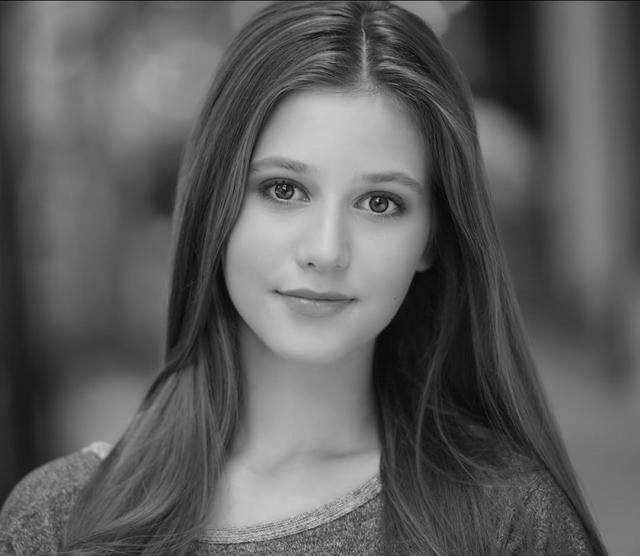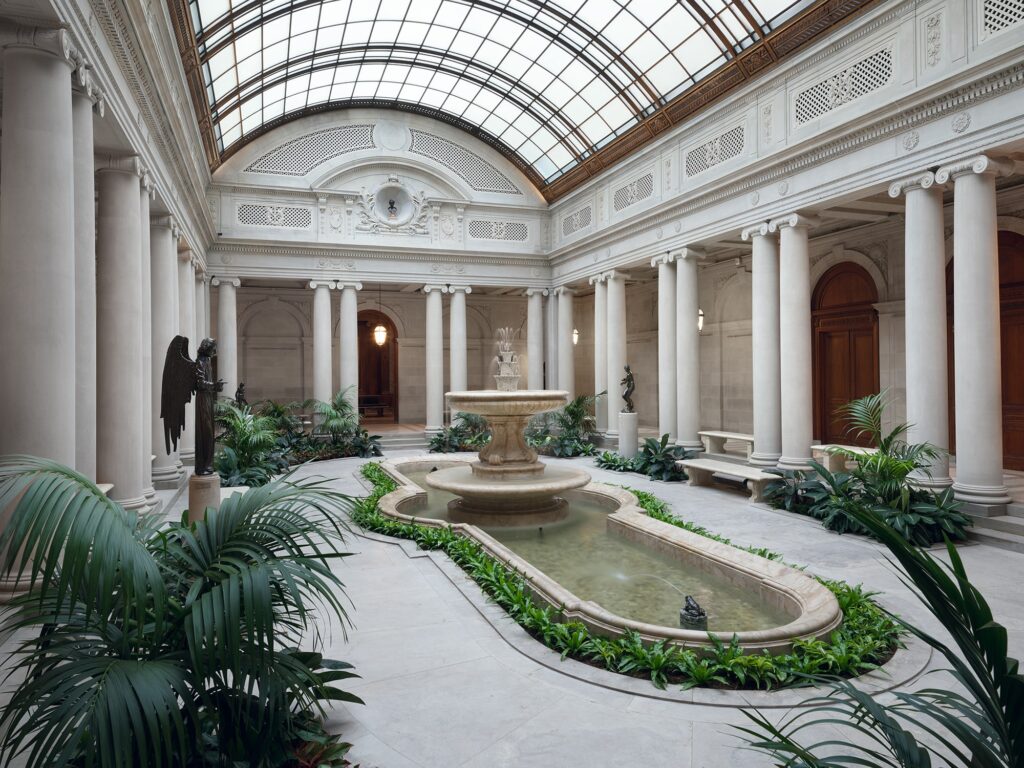
Garden Court, The Frick Collection, New York, Photo: Joseph Coscia Jr.
The Frick Reopens: The Must-See Museum for Spring
- The Frick Collection
- Chiara Padejka
- April 24, 2025
- 7 min read
With a line around the Upper East Side block, museumgoers waited with excitement and anticipation to be let into the newly reopened Frick Collection. Yes, the Frick is finally back in its original home. After half a decade of renovation led by Annabelle Selldorf, the esteemed Beaux Arts Mansion opened its grand doors on April 17th to the public once more.
Upon being welcomed by cherry blossom trees along Central Park East and in the Fifth Avenue garden, visitors who enter the grandiose marvel will feel transported into the Gilded Age. As if being invited into Mr. Frick’s home, the elegant entrance hall welcomes visitors into the warm reception era. Immediately, the building’s interior design language forms an impression. Dim lighting and maximalist interiors complement the artwork in ways people unfamiliar with the Frick may not understand. During the interim of the Frick’s renovation, the collection was on view for a stint at the brutalist Met Breuer, a remarkable contrast to the classical style of works featured in the collection. While the Breuer’s modern and cold structure was in complete opposition to the history of the paintings and sculptures, the mansion’s cozy and gilded rooms enhance the old-world masters and aristocratic grandeur of the collection.
Entrance Hall, The Frick Collection, New York
Photo: Nicholas Venezia
Reflecting the pageantry of the times, the ground floor of the mansion was the Frick family's formal entertaining space. A majestic candlelit stairwell beacons viewers upstairs to the private quarters, but not before exploring the main halls. A highlight is one dedicated to early sketches and renderings: a sketch of war by Goya, a Reubens rendering of Venus in three poses, and a unique Degas featuring a male model in the nude. The rich grand rooms surround the infamous interior garden courtyard, the only place where photographs are allowed.
Upon entering the sumptuous dining room, docents ask the visitors to be wary of the vase of purple flowers displayed on a table at the center. Some bend down to smell the florals and to their surprise, find out that the bouquet is an artwork of porcelain that is beyond lifelike. Viewers carry this awe as they move past Gainsborough portraits of aristocrats such as Frances Duncombe into the Fragonard room, a favorite of Mr. Frick’s wife, Adelaide Clay Frick, a devoted Rococo fan.
The Fragonard Room sets the tone for the rest of the house. Masterpiece rococo canvases by Fragonard cover the elaborately dressed eighteenth-century style room.
Fragonard Room, The Frick Collection, New York
Photo: Joseph Coscia Jr.
Commissioned in Madame du Barry, the famed mistress of French King Louis XV - The Pursuit, The Meeting, The Lover Crowned, and Love Letters are an ode to the mistress patron of art and her era of decadence.
Beyond the ornamental hall, the Living Hall and Library usher in a warmer ambiance. Wooden paneling and leather-bound volumes frame more stately Gainsboroughs and house family portraits, including one of Mr. Frick over the grand fireplace. It is difficult to choose which work stands out among such major works, but visitors should keep a keen eye out for Sir Thomas Moor and Thomas Cromwell, painted in likeness by Holbein the Younger.
The West Gallery emulates a traditional museum hall, similar to the Louvre and other standard exhibitions. Showcasing majestic sea landscapes by Turner, intimate Van Dykes, Vemeer’s pearl earrings in Mistress and Maid, and a couple of Reubens, the West Gallery is the ultimate collector’s flex. The Oval Room, sparse and yet significant, allows viewers to take in the ethereal elegance of feminine portraits. Favorites here include James McNeill Whistler’s effervescent Portrait of Lady Meux (Harmony in Pink and Grey) and Portrait of Mrs. Frances Leyland (Symphony in Flesh Color and Pink). On its right, the East Gallery highlights landscapes and scenes from the European continent.
Left: Portico Gallery, The Frick Collection, New York,
Photo: Joseph Corcia Jr.
Right: Grand Staircase, The Frick Collection, New York,
Photo: Joseph Corcia Jr.
In addition to such European works, wealthy American collectors such as Frick had a keen interest in fine Asian porcelain. On a darker note, they obsessed over “Oriental” designs from the East. The standard for America’s ruling class at the time was - the more exotic, the better. No medium is better suited to telling this story than the Portico Gallery. The demand for porcelain, nicknamed white gold, was rampant. The want for it reached such heights that high society carried a malaise de porcelain, French for porcelain fever. Originating from China, the fever for this art form soon spread to Europe. The first European hard-paste porcelain was produced in Meissen, near Dresden. Amassing a wide collection, Frick’s taste in Asian and European works can be seen through his chosen vessels. Complimenting the collection, light seeps through the glass portico from the cherry blossom-filled Fifth Avenue Garden, illuminating the dainty, vibrantly colored, and intricate porcelain displays. Despite their delicate form, these brilliant craftworks have stood the test of time, allowing porcelain viewers to gawk at their fine handwork, restored luster, and almost pristine condition.
The Frick is an important place for the study of ceramics beyond the original ceramics collection. Over the years, the museum has expanded its archive of ceramics and the medium’s study. Upstairs in the expanded Sidney Knafel collection, blue and white china known as faience, distinctive French ceramic art, showcases an example of the Frick Collection’s mission to continue the tradition of sharing work with the public. An Upper East Sider, Knafel found interest in the few French ceramics he had viewed in the vitrines at the Met Museum before embarking on a mission to source his collection. Primarily produced in the regions of Rouen, Lyons, and Nevers, the intricate French ceramics depict scenes of agricultural life, Chinese villages, and animal motifs like birds or fantasy creatures such as dragons. Knafel’s favorites include a large Never Midnight blue platter and a platter of finely-painted fishermen. Having bestowed his collection to the museum, Knafel's gesture echoes Henry Frick’s, who also opened his private collection to the public. These gestures have thus provided an opportunity for these phenomenal works to be appreciated en masse and studied by archivists within the research library, now accompanied by expanded education halls and an auditorium for lectures and events on the Frick. Knafel adds to the point that although much of art is acquired through those with significant, and sometimes even controversial means (in the case of Frick), those with the resources to acquire such extensive collections share the wonders with the rest of the world, inspiring artists and visitors who may not have equal means.
Clocks and Watches Room, new second-floor gallery, The Frick Collection, New York
Photo: Joseph Coscia Jr.
As one climbs up the royal staircase, its grandeur reminds visitors of how affluent the Frick Family was to afford such a collection. The rest of the upstairs, formerly the Frick family’s private living quarters, features small rooms with various highlights. A room that demonstrates Frick’s immense affluence is, without question, the Clocks and Watches room. It can be described as a tiny transition room, but it is packed with treasure. Gold pocket watches and ornate fabragé adjacent artisan clocks tell a story of great prosperity, brutal success, and generational investment. Any horologist will geek out at the clock's imaginative forms. The works include clocks of golden lions, rhinoceroses, and gazebo architectural structures. Ornamented in precious stones, diamonds, and gold, these are heirlooms worthy of the Gilded Age. Beyond being a practical tool, these vessels are true artisan masterworks meant to showcase affluence at its most obscene lengths.
If one cannot get lost in time staring at the diamond-encrusted clocks, visitors should also make their way into the tranquil corner Breakfast room, where pastoral scenes of the French countryside radically contrast the maximalist clocks. Oil paintings in rich earthy tones decorate the walls, celebrating the simplicity of farm and small village life. Here, luxury is depicted within stillness and restraint. Gazing upon the dark green strokes, viewers are transported to a small town river in Charles-François Daubigny’s Washerwomen at the Oise River Near Valmondois (1865). An ode to the local washer hands, landscapes like these depict a romantic and isolated nature, quite removed from the rapid and even violent industrialization which enriched Henry Clay Frick in one of capitalism’s most ambitious and turbulent eras.
Gold-Grounds Room, new second-floor gallery, The Frick Collection, New York
Photo: Joseph Coscia Jr.
Other signature rooms branch out of a long hallway with a muralized ceiling. The second floor is intimate and cozy, a testament to the inner life of the mansion and those who lived there. In contrast to the varied downstairs reception and entertaining areas, the sections on display are primarily categorized into various rooms based on design and artistic movements. There is something for everyone. Standouts include the Gold Grounds room of religious imagery, which showcases Crucifixion, a gift from John D. Rockefeller. In the Sitting Room, one can stare for hours at the remarkable miniature detail of Jan Van Eyk’s Virgin and Child, with Saints and Donor aka The Madonna of Jan Vos. This work is small but magnificent. Keep an eye out for the tiny details of the city in the back, accents on the crown’s jewels, the intricate tile works, the subject’s fine hair, tiny swans in the background, and the brocades and textures on the garments.
Furthermore, those with war and history at heart can visit the metals room, which showcases a fine array of metals from across the European continent. Stephen K. Collection of Commemorative Medals teaches visitors about the metals’Imagery such as heraldic, narrative, emblem, personal mark, and text. It is one of the world’s most significant collections of medals. According to the curation, metals contain historical references to European histories and identities. Geographic information on borders and regions around the territories conquered and held by Germany, France, and England is sourced from them.
Boucher Anteroom, new second-floor gallery, The Frick Collection New York
Photo: Joseph Coscia Jr.
In contrast, the Boucher Anteroom and Main Boucher Room will entice those who love frills, ribbons, and fashion. Not to miss is Lady on her Day Bed, a Sofia Coppola-coded Rococo dream, and Boucher, again, favored by the late Adeleine Clary Frick, and once long ago, her sitting room. Off of its side, take note of Eugene Carriere’s Motherhood, a more this-thing-is-not-like-the-others piece. The modern, smeared painting catches one’s eye with its evocative emotion and movement.
Ultimately, the taste and preference of Mr. Frick culminates in his former bedroom, renamed the Walnut Room. Dark and musty, here one will find, ironically, a painting that was not close to his heart, but is the front page of the Frick Collection’s reopening promotional campaign. The work is none other than the Jean-Auguste-Dominique Ingres portrait of Comtesse d’Haussonville (1845). Magnificently restored, Louise de Broglie, the painting’s youthful subject beckons the viewer beyond the frame. One can almost hear her whisper. Viewing the portrait is like the final scene of a film, but visitors should catch the museum’s version of a post-credit scene.
Left: Paolo Veronese (Paolo Caliari) (1528-1588), The Choice Between Virtue and Vice, ca. 1566, Oil on Canvas, The Frick Collection, New York,
Photo: Michael Bodycomb
Right: Pierre- Auguste Renoir (1841-1919), La Promenade, 1875-76, Oil on Canvas, The Frick Collection, New York,
Photo: Michael Bodycomb
On their way out, visitors will stroll past with the magnificent Renoir of a Mother and her two daughters on the second-floor landing. They should stop to admire the tall vertical work - it practically glows. The painting is a high note to end their visit with a trip to the gift shop and café.
The Frick is now open to the public and closed on Mondays and Tuesdays. Pay-what-you-wish admission is offered on Wednesdays from 2 to 6 p.m.
Link to Gallery
The Frick :
Read More
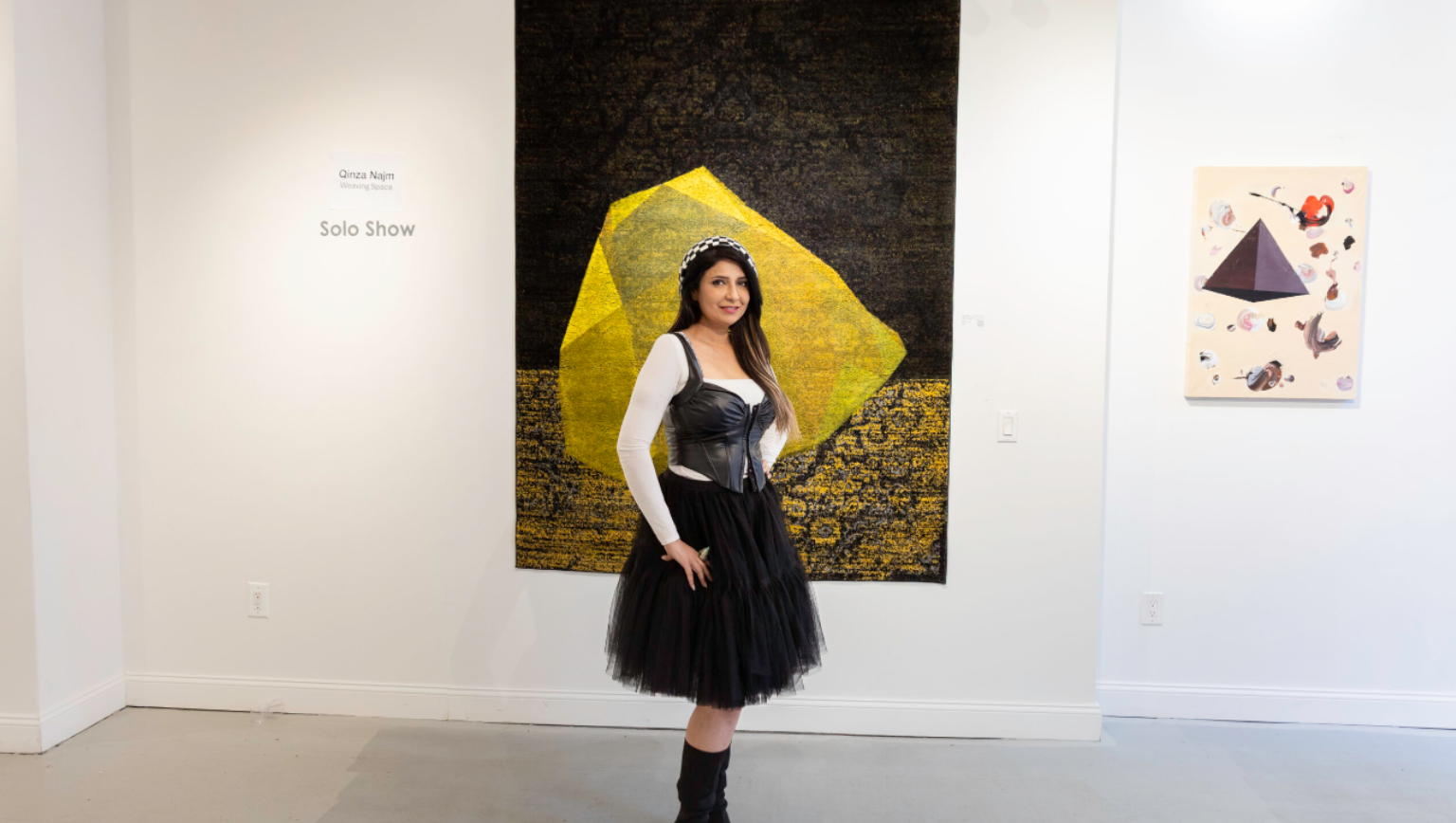
Weaving Space: Identity, Memory, and Resilience in the Art of Qinza Najm
Abigail MacFadden •April 21, 2025 •
6min read

Mary J Blige’s “For My Fans” Tour: A Love Letter to Three Decades of Hip-Hop Soul
Sasha Bernier • April 16, 2025 •
5min read
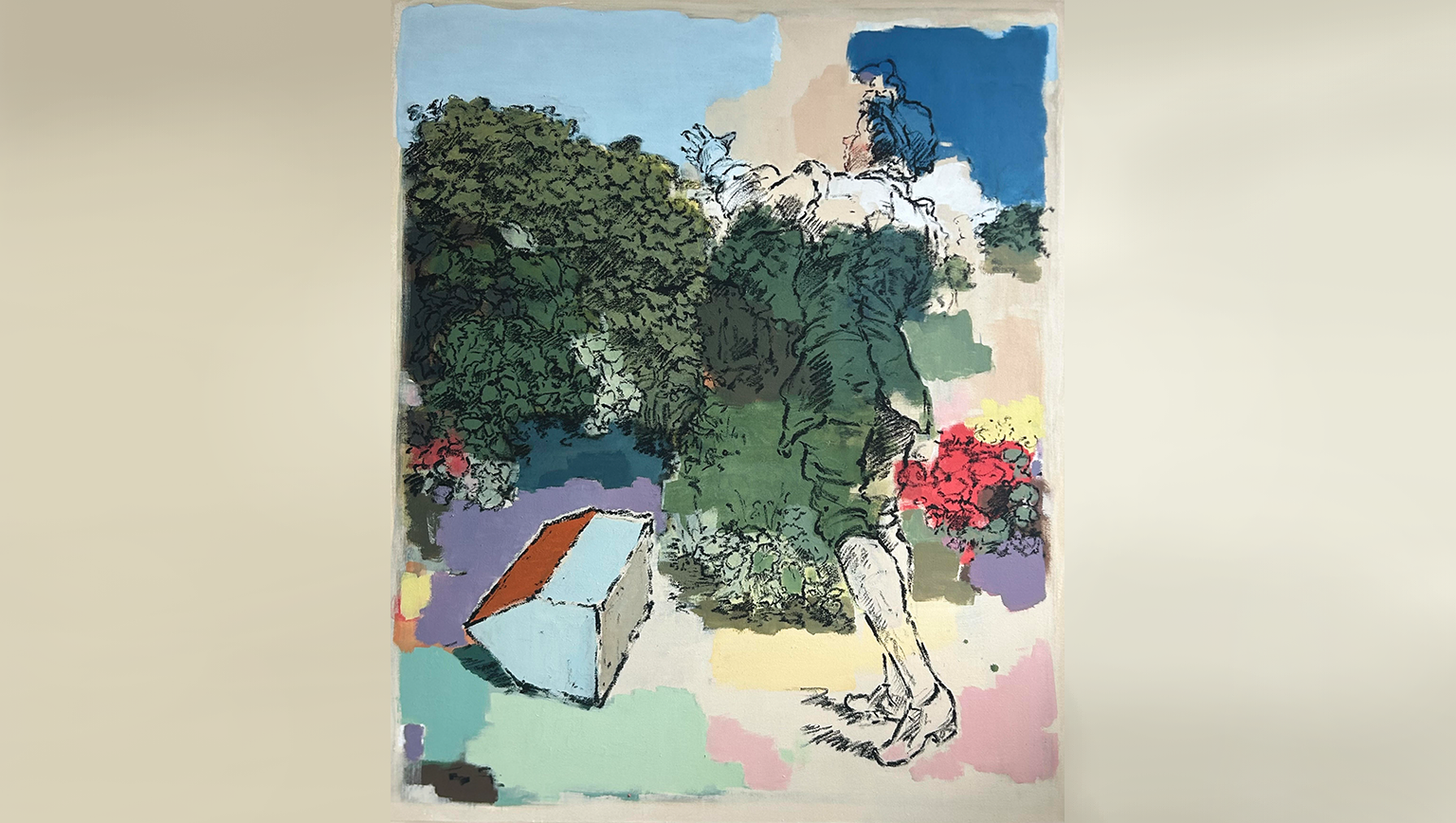
Together We Art Fair: A Celebration of Interconnectivity in New York
Abigail MacFadden •April 14, 2025 •
6 min read
Read More

Weaving Space: Identity, Memory, and Resilience in the Art of Qinza Najm
Abigail MacFadden •April 21, 2025 •
6min read

Mary J Blige’s “For My Fans” Tour: A Love Letter to Three Decades of Hip-Hop Soul
Sasha Bernier • April 16, 2025 •
5min read

Together We Art Fair: A Celebration of Interconnectivity in New York
Abigail MacFadden •April 14, 2025 •
6 min read

Grace Chen: china's power dresser blending east and west
Abigail MacFadden •April 11, 2025 •
5min read

Sculpting Dreams in Silk: The Couture of Sohee Park
Chiara Padejka • March 31, 2025 •
5min read
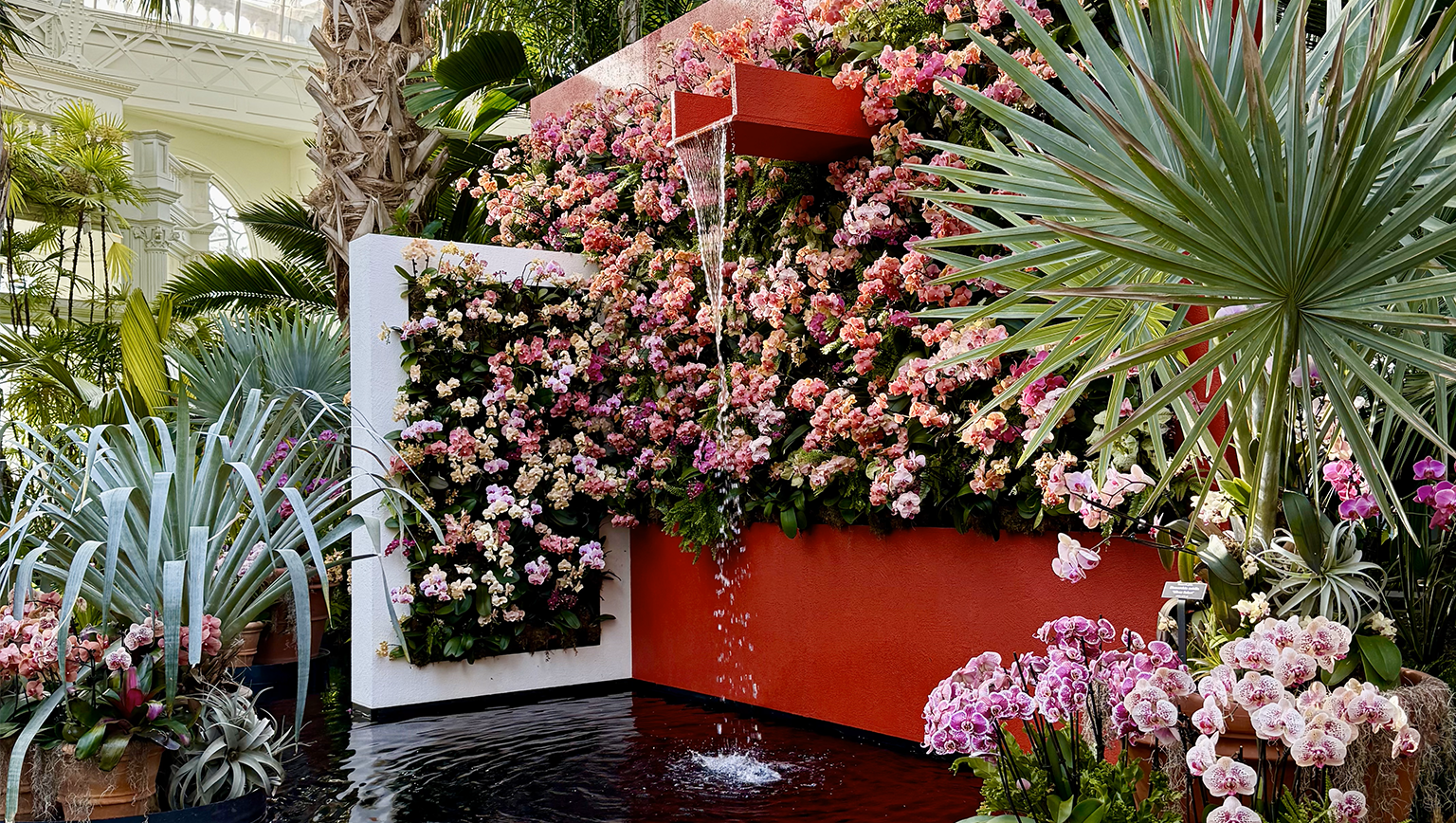
Living Art and Orchids: A Breathtaking Journey Through Mexican Design at NYBG
Abigail MacFadden •March 28, 2025 •
5 min read
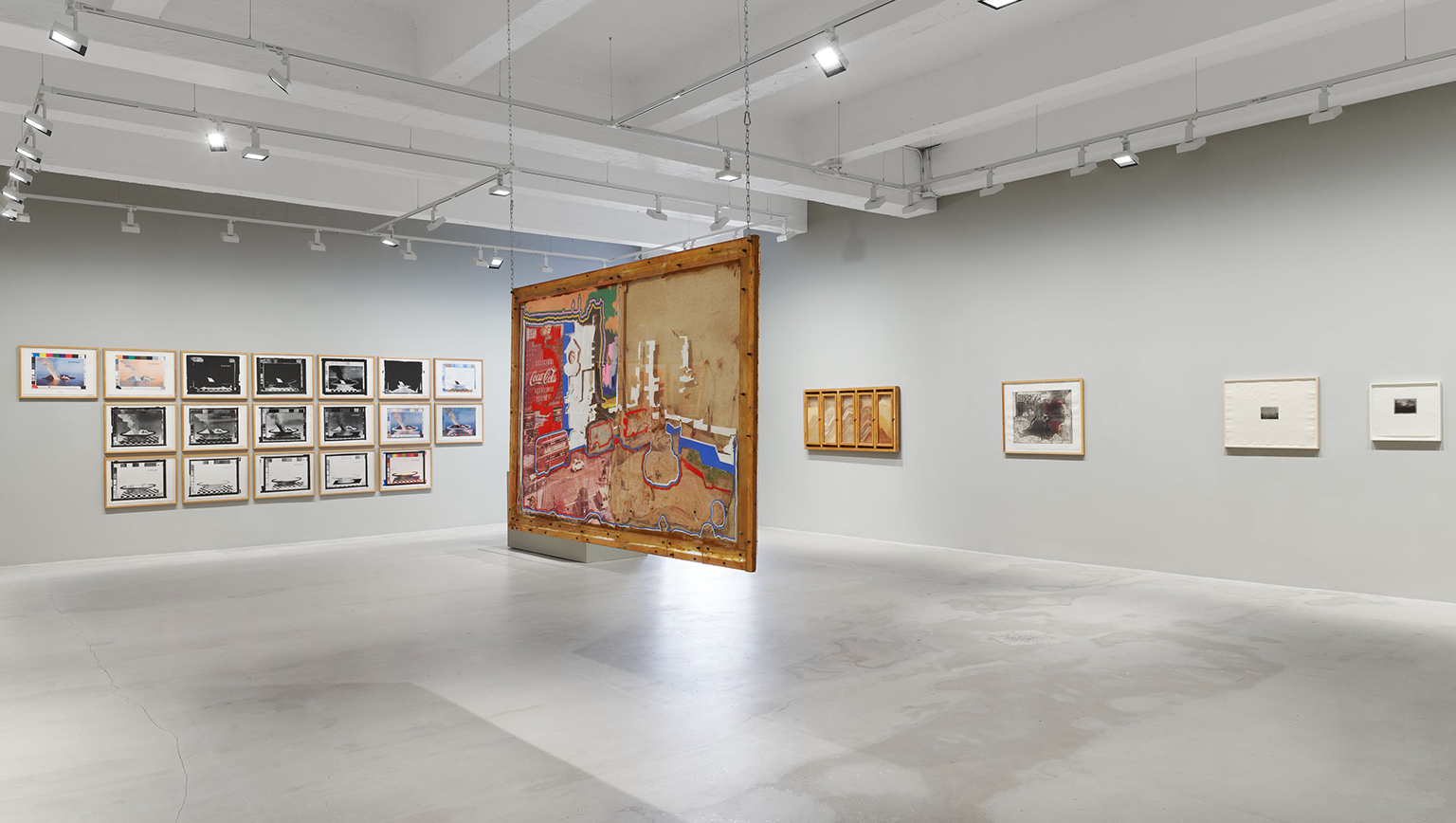
Dieter Roth. Islandscapes shines at Hauser & Wirth during IFPDA week
Abigail MacFadden •March 26, 2025 •
5min read
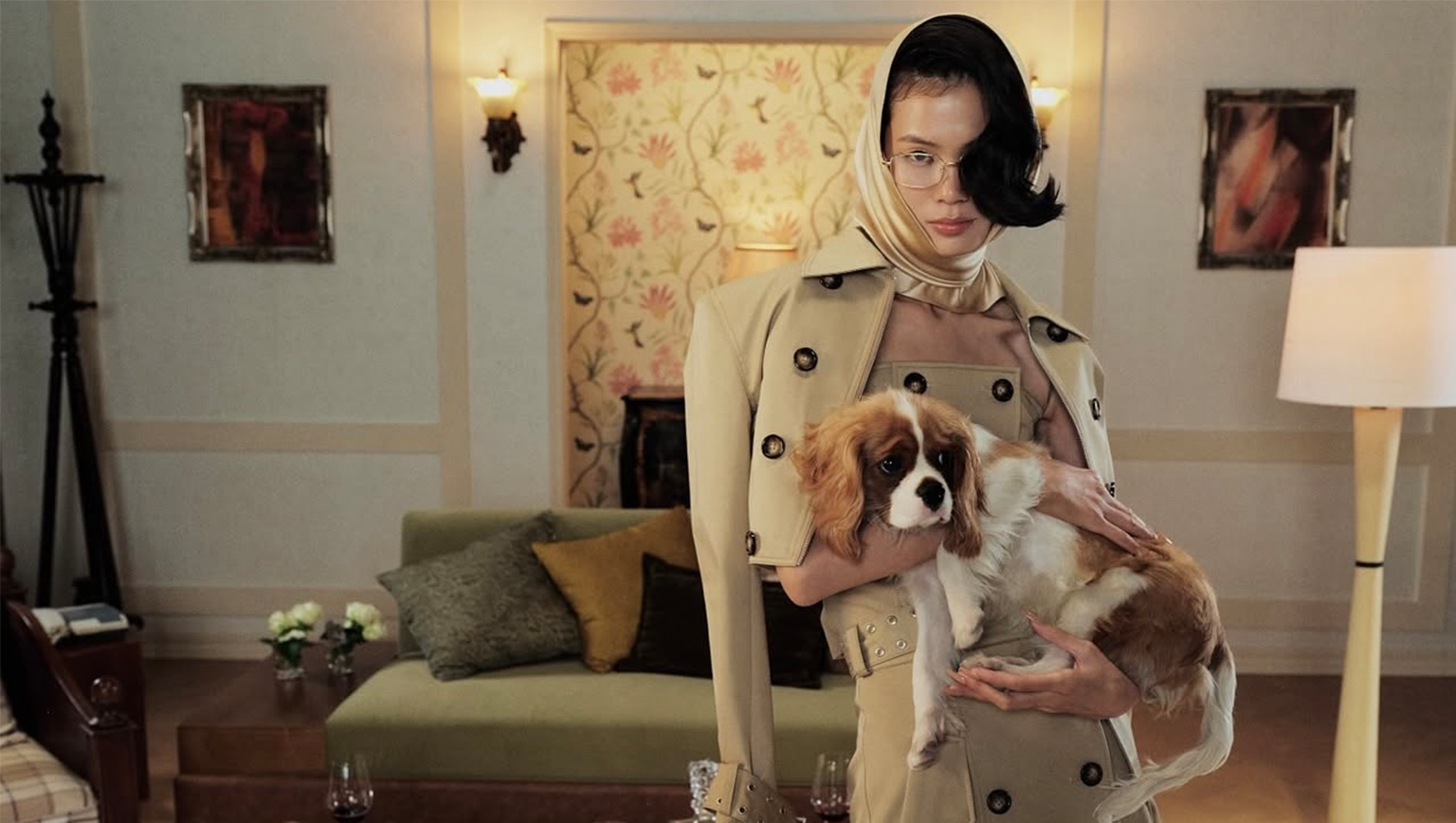
Who is the Gong Girl? Mark Gong’s Global Muse
Chiara Padejka • March 25, 2025 •
5min read
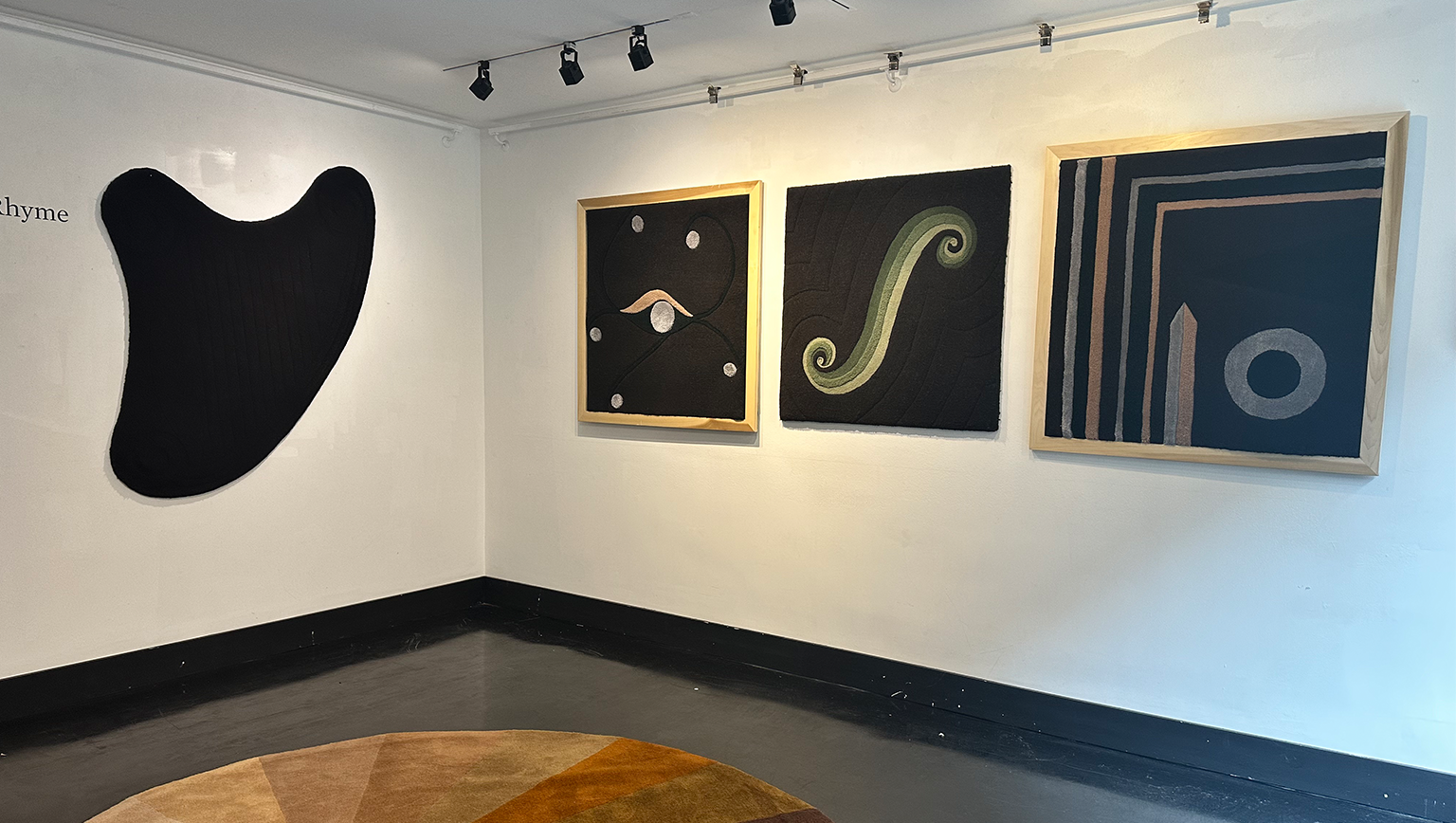
Rhyme with Reason: Irish Tapestry Studio puts Sustainability First
Chiara Padejka •March 19, 2025 •
6 min read
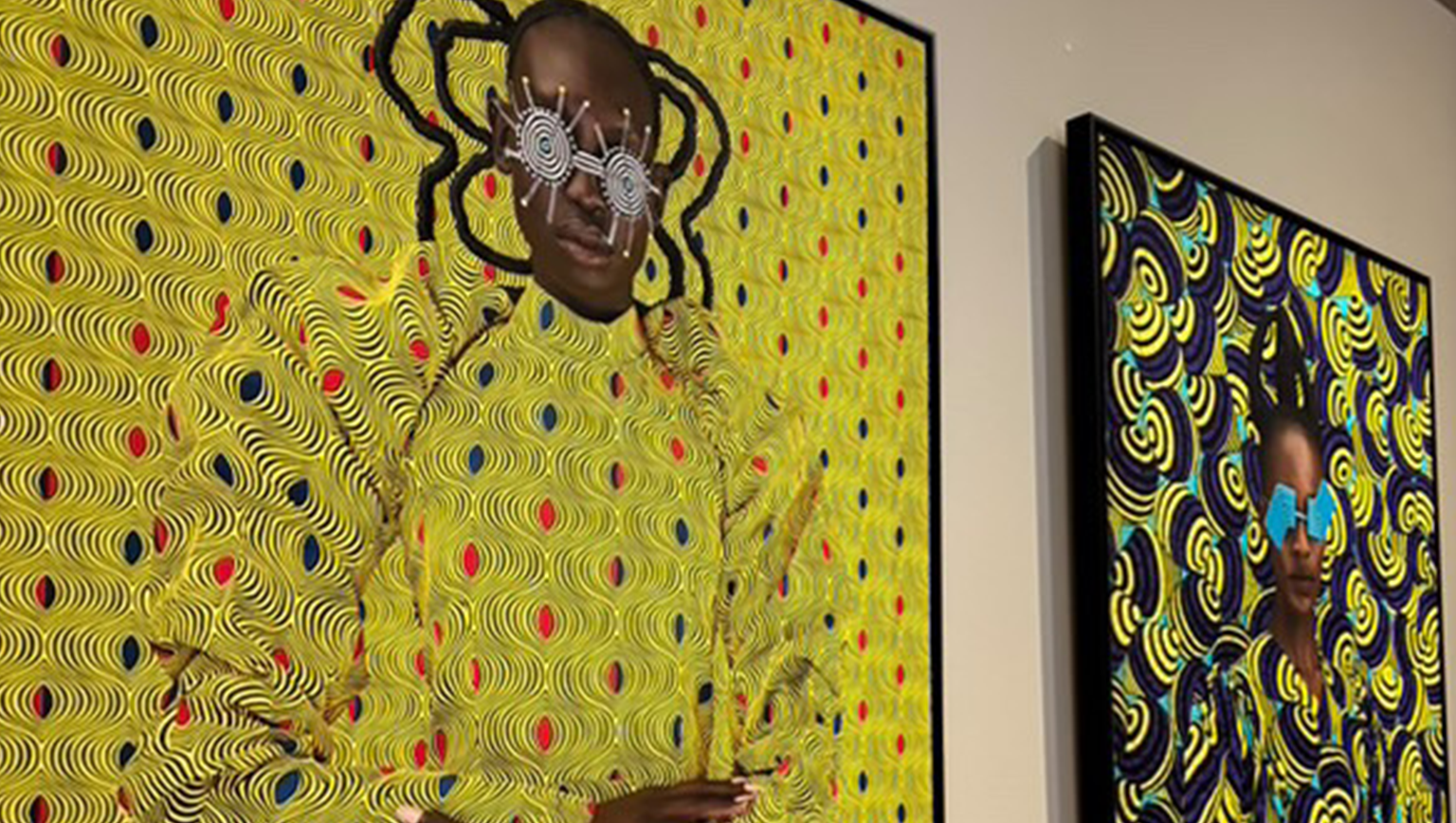
WAX: The African Fabric at the Heart of Fashion and Art
Lara Sleiman •March 18, 2025 •
5min read

Grasslands: The Afrofuturistic Journey of Mwinga Sinjela’s Artistic Evolution
Abigail MacFadden • March 17, 2025 •
5min read
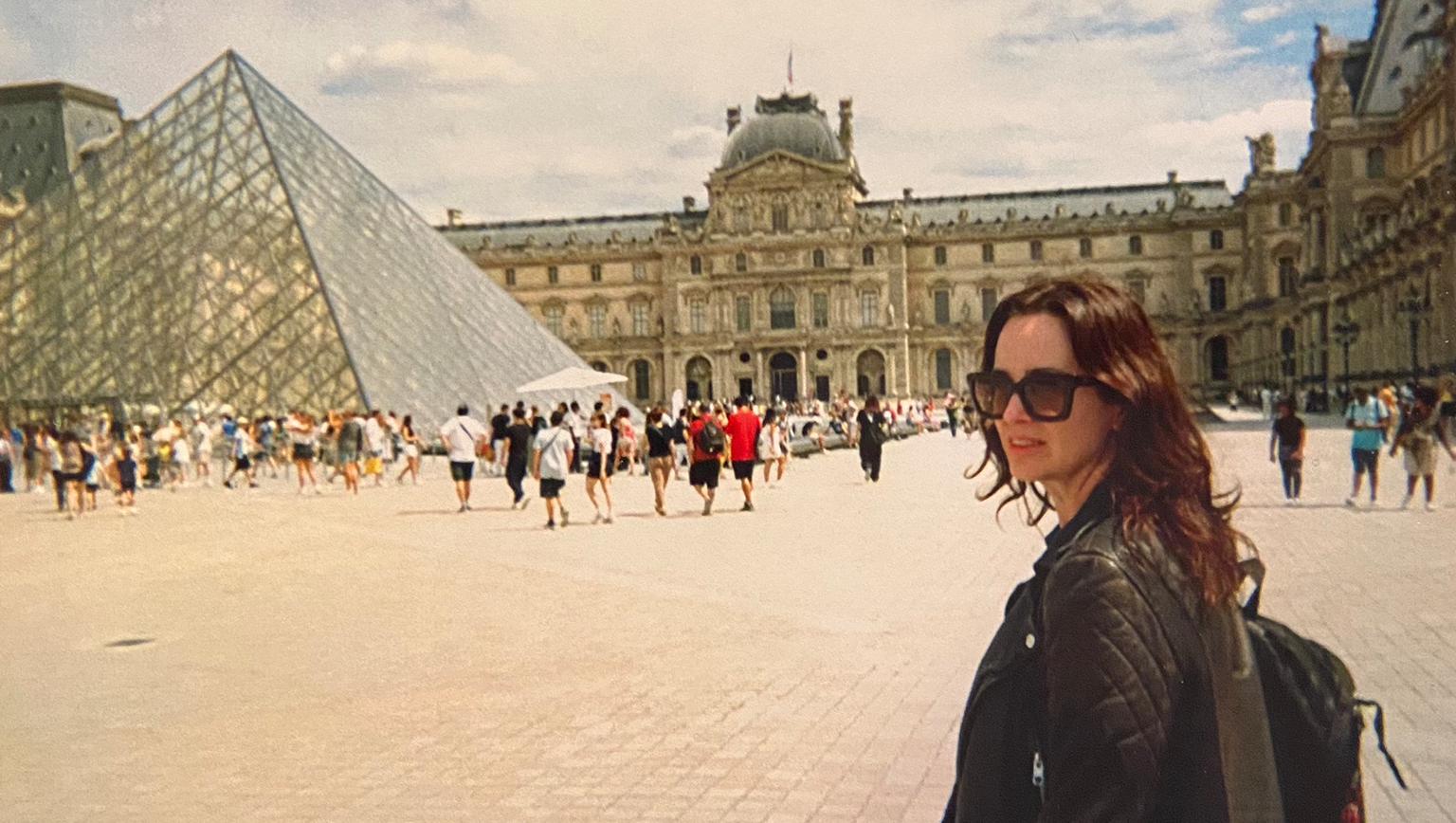
Person Place Thing : The Building Blocks
Chiara Padejka •March 14, 2025 •
5 min read
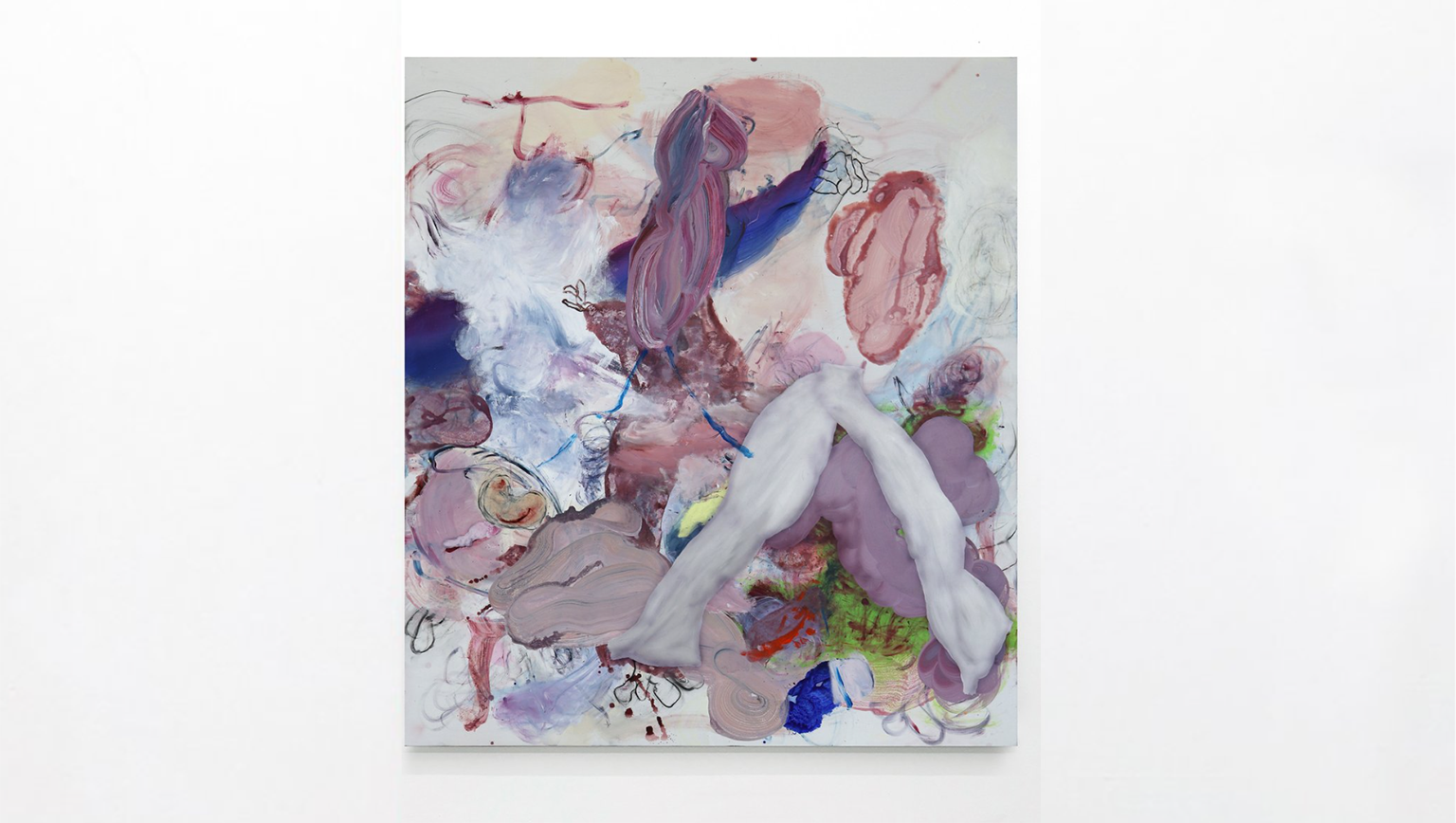
Australian Visions: Coma Gallery Makes Impressive Debut at Felix LA
Tess Azcuna •March 11, 2025 •
5min read

Colombian Magic at Nohra Haime Gallery
Abigail MacFadden • March 7, 2025 •
5min read
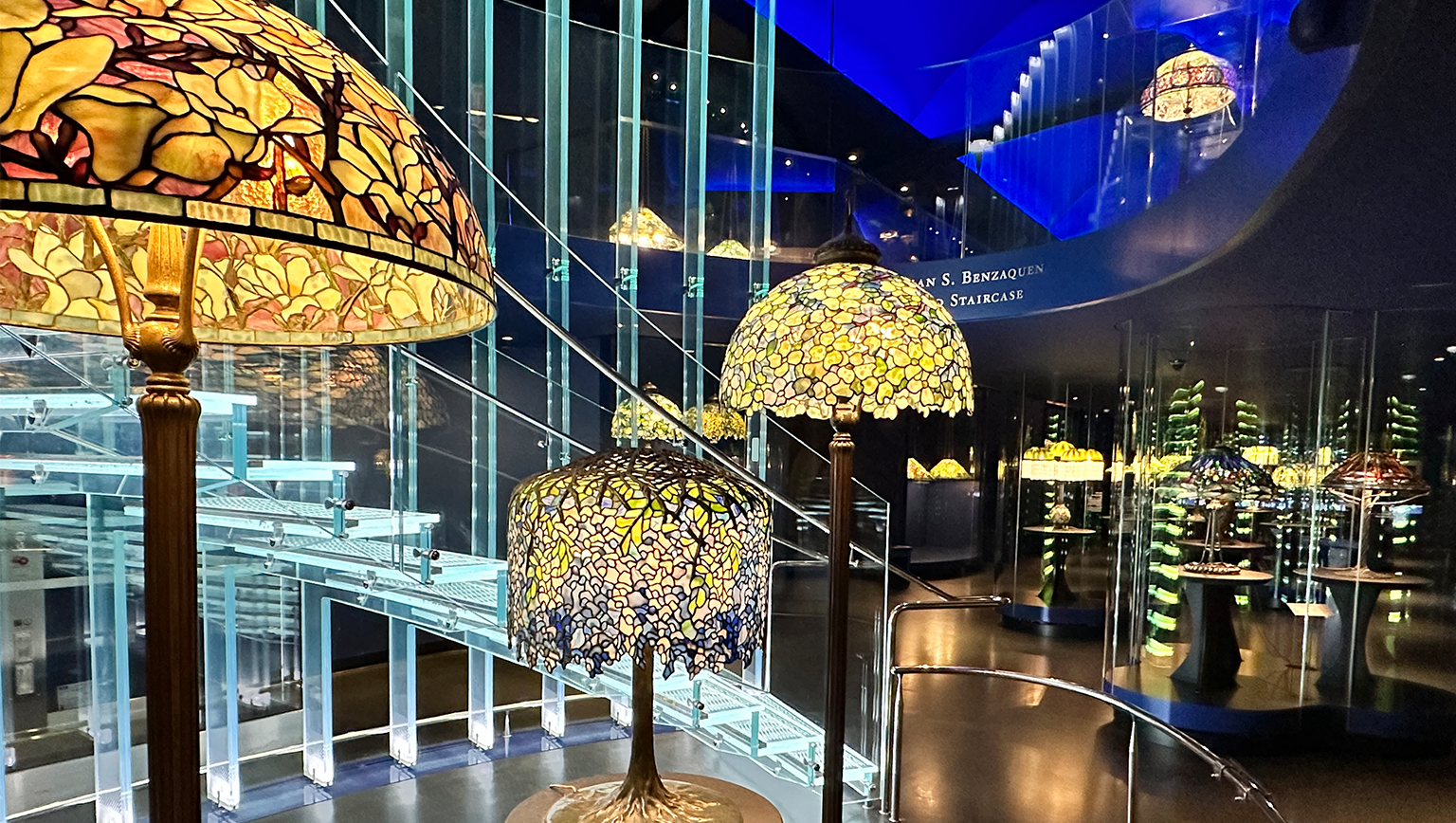
Beyond the Box: Tiffany Lamps and the Legacy of Artistry
Chiara Padejka •March 6, 2025 •
4min read

Tess Azcuna: Bridging Worlds in Entertainment, Fashion, and Business
Abigail MarcFadden •March 4, 2025 •
4min read
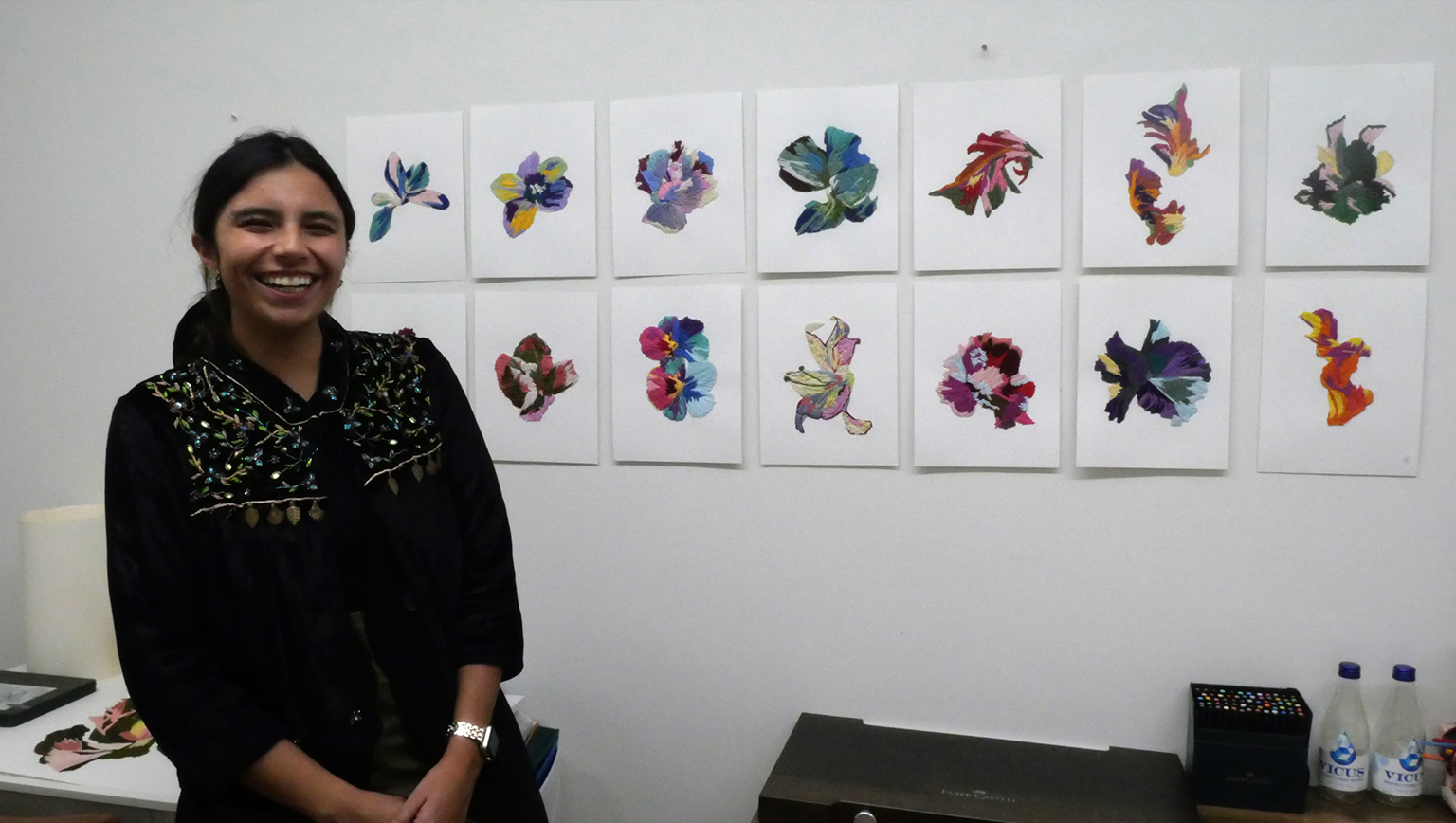
Maria Paula Suarez: The Alchemy of Emotion
Abigail MacFadden • March 4, 2025 •
5min read
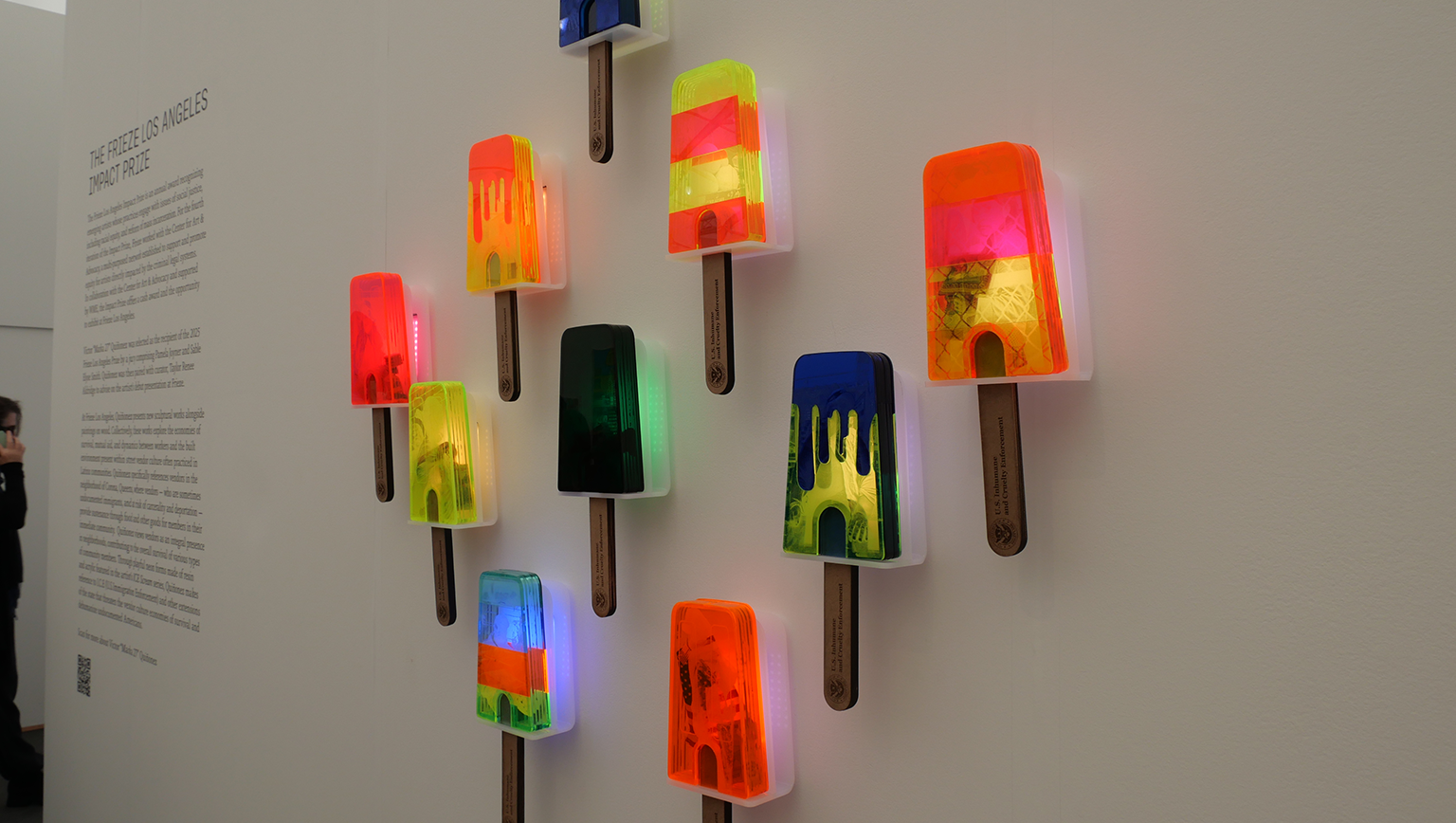
Vibrant Artistry and Bold Commentary: Victor "Marka27" Quiñonez Wins Frieze Impact Prize
Abigail MacFadden •MArch 3, 2025 •
5min read

Lorenzo di Medici’s “Renaissance Pop” Collection Shines at LA Art Week
Sasha Bernier •March 3, 2025 •
6min read

Felix Art Fair: An Intimate Art Experience at the Roosevelt Hotel
Sasha Bernier • February 26, 2025 •
5min read

Stories Unfolding: A Tapestry of Narratives at Art Gotham
Abigail MacFadden • February 24, 2025 •
5min read

Standout Showcases: Six Must-See Galleries at Frieze Los Angeles 2025
Abigail MacFadden • February 23, 2025 •
6min read
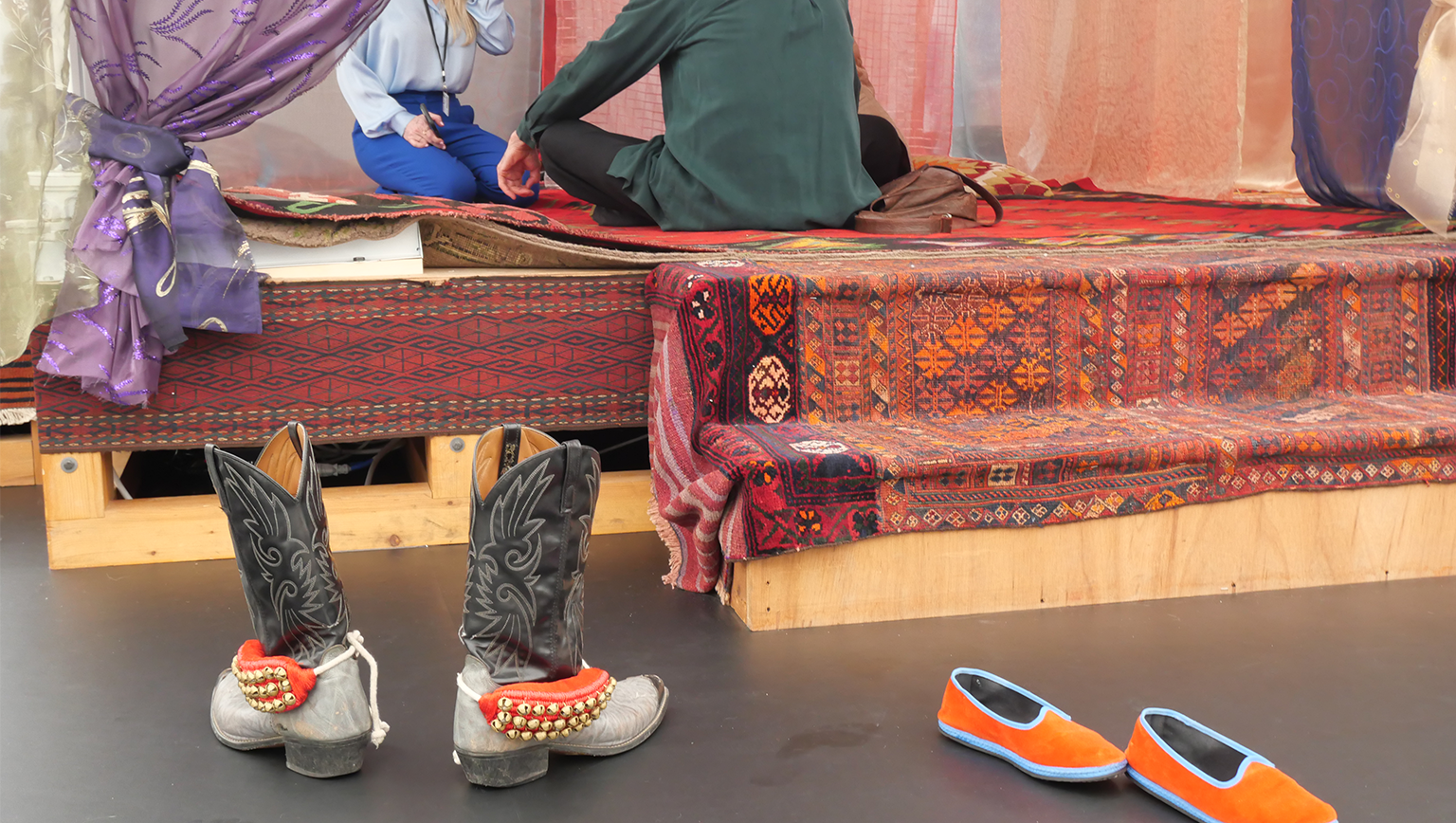
Gagosian’s "Nomadic Folly" Offers Peaceful Respite During Los Angeles Art Week 2025
Abigail MacFadden • February 23, 2025 •
4min read
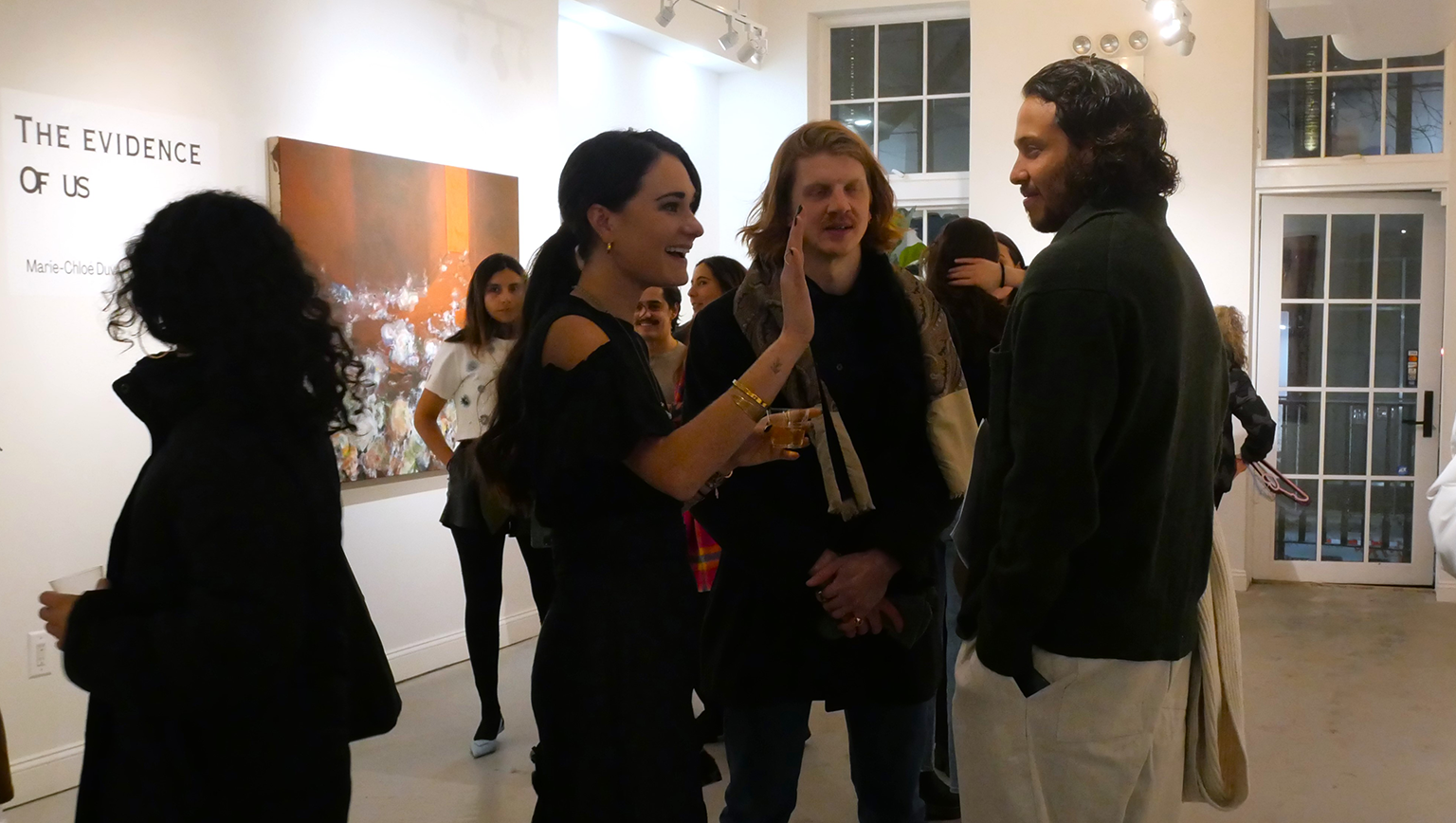
"Evidence of Us": Marie Chloe Duval's Floral Meditations on Time and Memory
Abigail MacFadden • February 20, 2025 •
5min read

Cape Town Flavors: The Inspiring Journey of Chef Kuda at Judd's Local
Abigail MacFadden • February 19, 2025 •
5min read
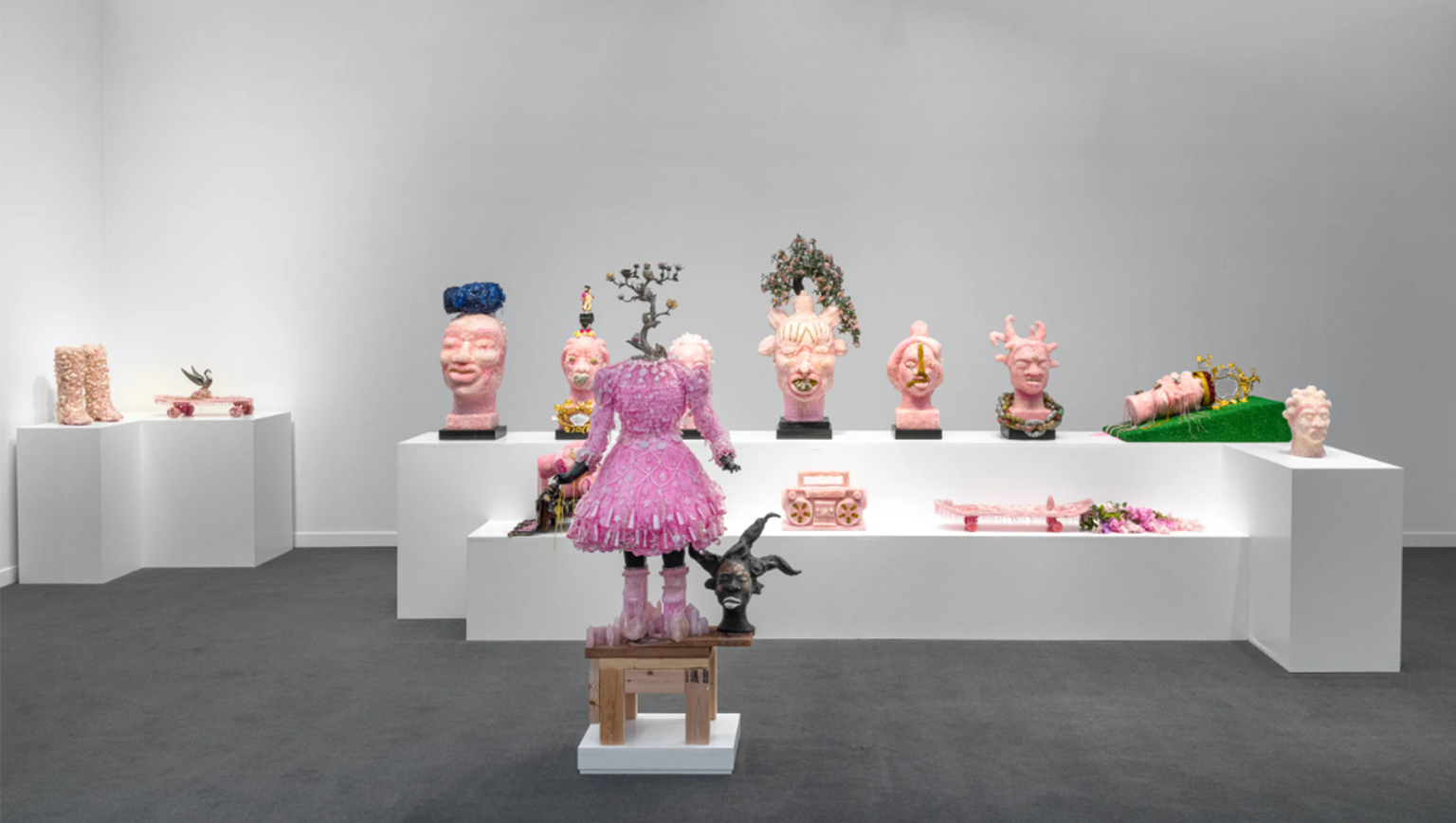
Art Fair Season: What to Watch at Frieze Los Angeles 2025
Abigail MacFadden • February 18, 2025 •
6min read
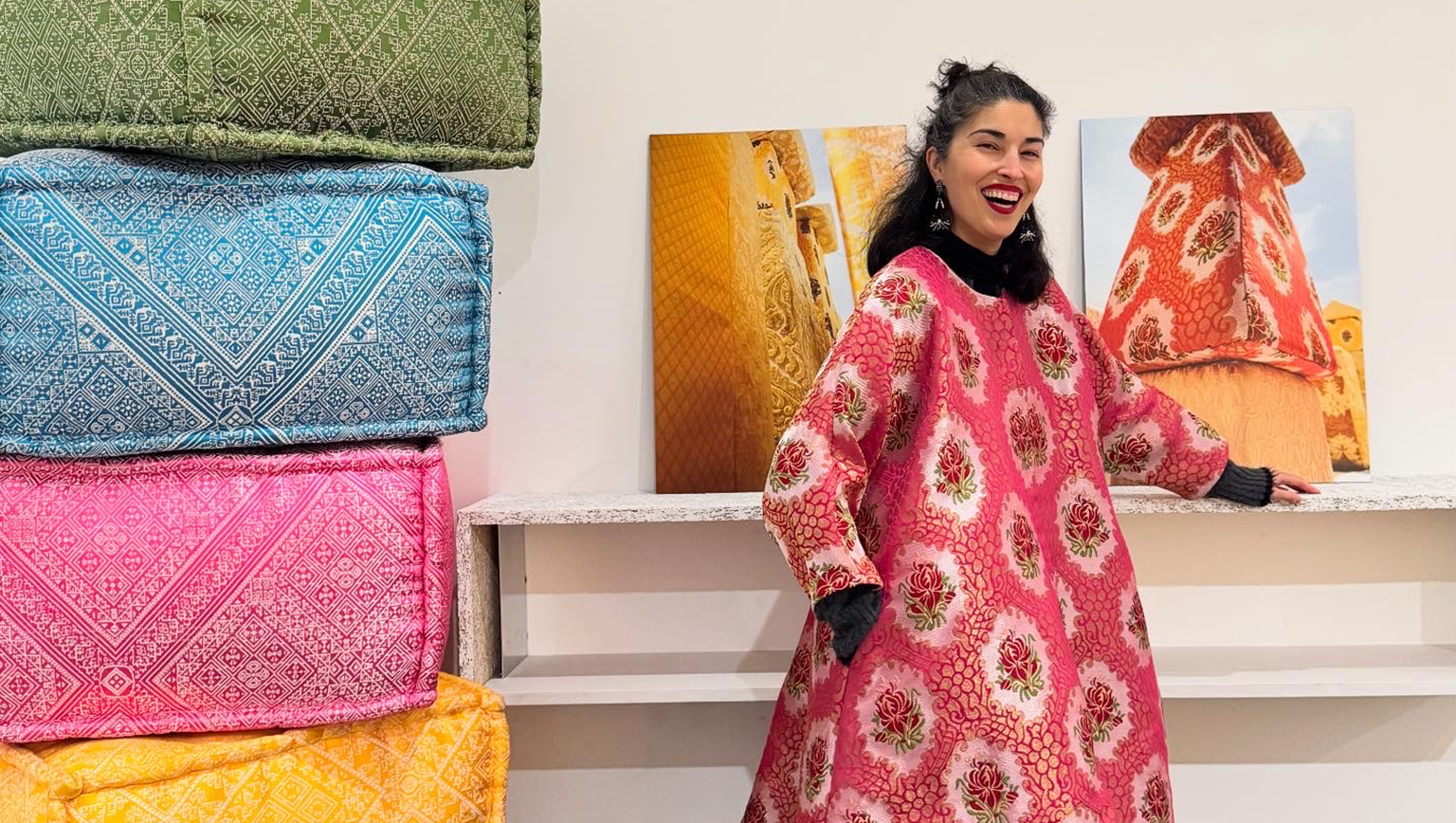
Sophia Kacimi, French-Moroccan Designer Transforms Luxury Fashion into Chess Art
Abigail MacFadden • February 17, 2025 •
5min read

Dog Day Afternoon
Chiara Padejka • February 14, 2025 •
4min read
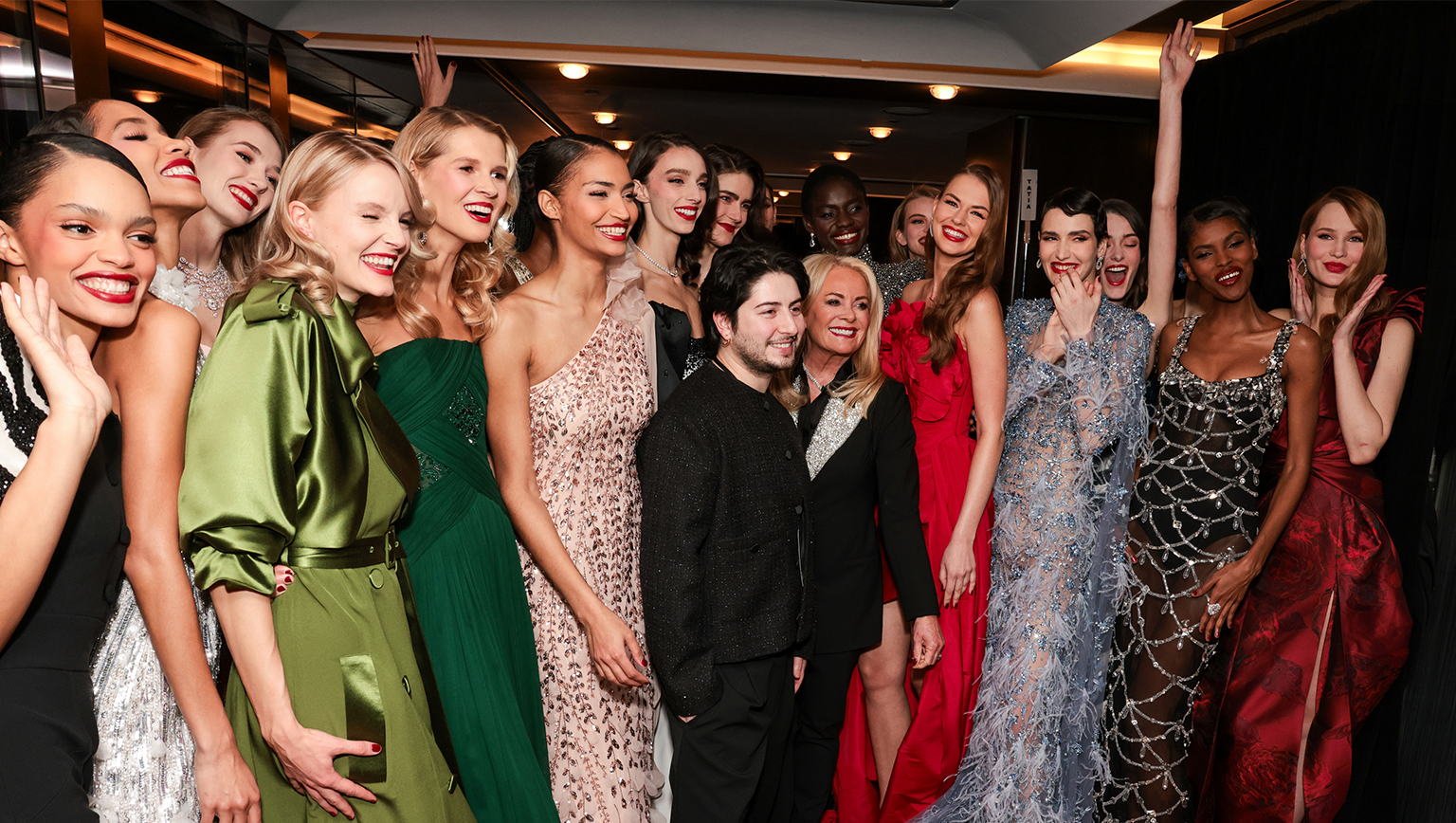
Fall/Winter Femme Fatale from Pamella Roland FW25 Collection
M. Marki • February 13, 2025 •
5min read

Frederick Anderson's Fall 2025 Collection: Where '90s Hip-Hop Meets High Fashion
Sasha Bernier • February 12, 2025 •
5min read

From Poetry to Hip-Hop: The Evolution of Fame
Abigail MacFadden • February 11, 2025 •
5min read
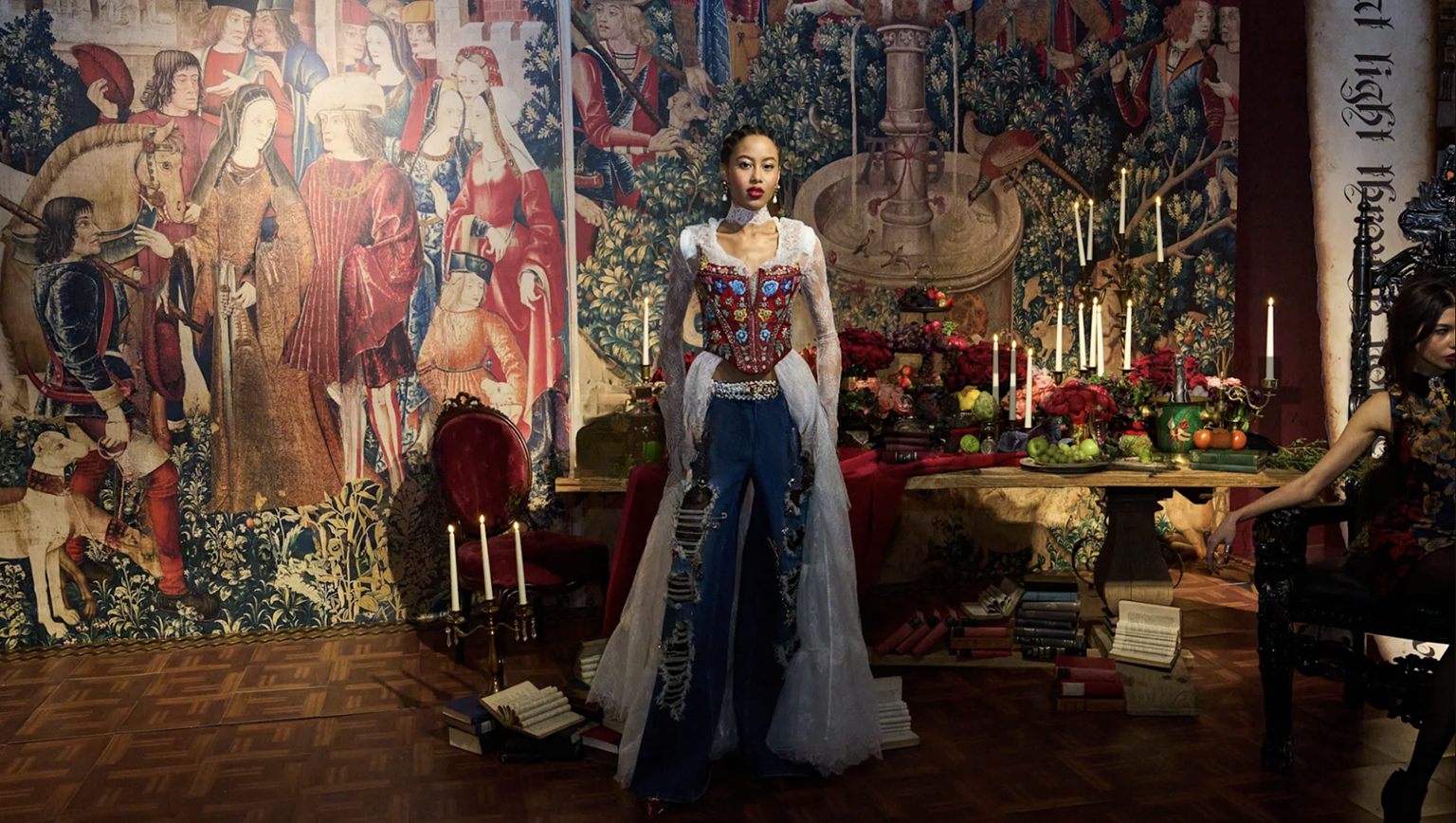
Shakespeare Takes Center Stage: Alice + Olivia’s Literary Inspired Fall 2025 Collection
Dominique Aronson • February 10, 2025 •
5min read

Bridging High Art and Popular Culture with “Match with Art’s” Salome
Abigail MacFadden • February 10, 2025 •
6min read

From Ballet to the Bronx: The Inspiring Journey of Chef Sam Lopez
Abigail MacFadden • February 7, 2025 •
5min read

Francesco Arena’s God sculpture Debuts in Thailand’s Art Forest
Abigail MacFadden • February 6, 2025 •
5min read

Fired Up: Why Hot Glass is the Coolest Exhibit in Delray
Chiara Padejka • February 5, 2025 •
5min read

From Portugal to the Big Apple: Lotty Carrington’s Journey to Find her Voice
Sasha Bernier • February 5, 2025 •
5min read
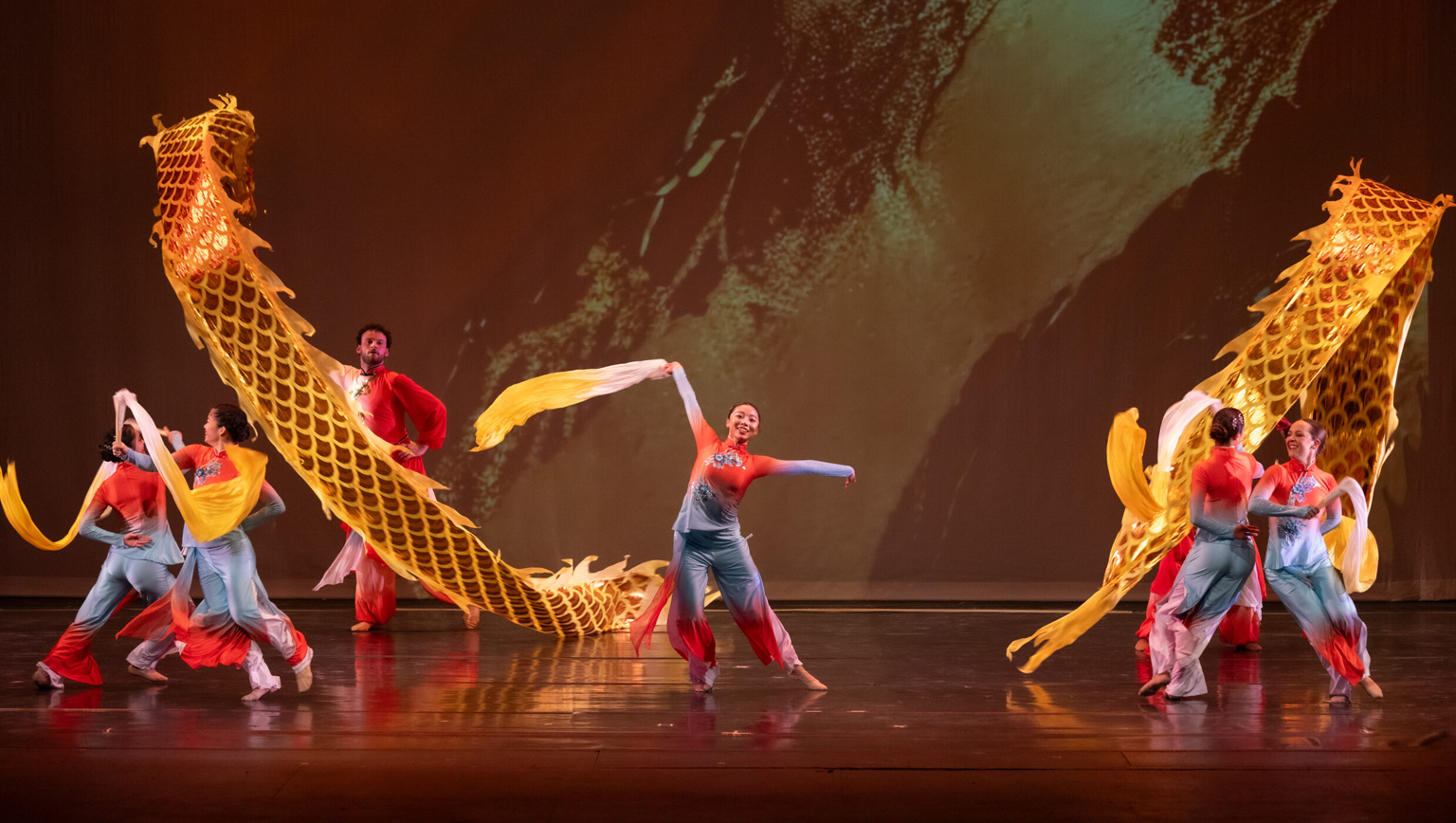
Nai-Ni Chen Dance Company’s Lunar New Year of the Snake
Dominique Aronson • February 3, 2025 •
4min read

Singing in the Rain : 070 Shake Petrichor Tour
Chiara Padejka • February 3, 2025 •
5min read
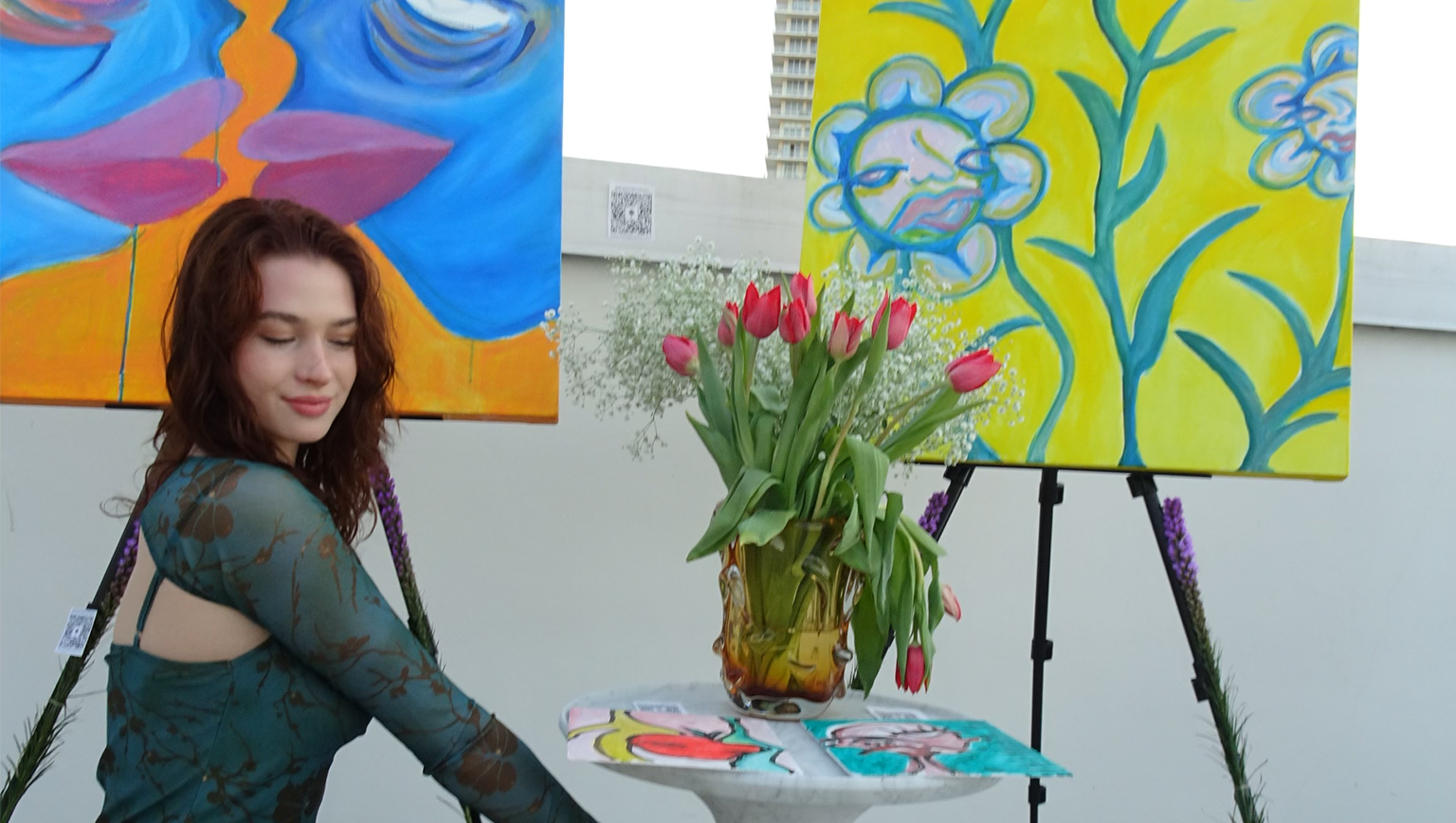
Francie Cohen: From OCD to Art Basel – How This New School Artist’s Journey Inspired Divinity Magazine for Women and Non-Binary Voices
Tessa Almond • January 31, 2025 •
5min read

Made in L.A.: Rising from the Ashes the Hammer Museum’s Biennial Moves Forward
Abigail MacFadden • January 29, 2025 •
5min read

Movie Review: A Complete Unknown
Abigail MacFadden • January 21, 2025 •
4min read

“Serendipitous: A New Group Making Noise in Bushwick”
Abigail MacFadden • January 17, 2025 •
4min read

Sins and Sacrifice: Emma Katherine Hepburn Ferrer's Journey Through Sacrifice and Redemption
Abigail MacFadden • January 16, 2025 •
5min read

Uncle Waffles: Amapiano's Global Ambassador Lights Up Cape Town
Sasha Bernier • January 15, 2025 •
3min read

Enzo Ishall: How Zimbabwe's Dancehall King Transformed Jamaican Music into Zimhall | Live Show Review
Sasha Bernier • January 6, 2025 •
3min read

Lauren Whitfield: Texas Poet Combines Yoga, Writing, and Healing Through Innovative Poetry Workshops
Abigail MacFadden • January 2, 2025 •
4min read

Don't Be Mad: Miller's Art Basel Journey from Houston to Miami Beach
Abigail MacFadden • December 30, 2024 •
4min read
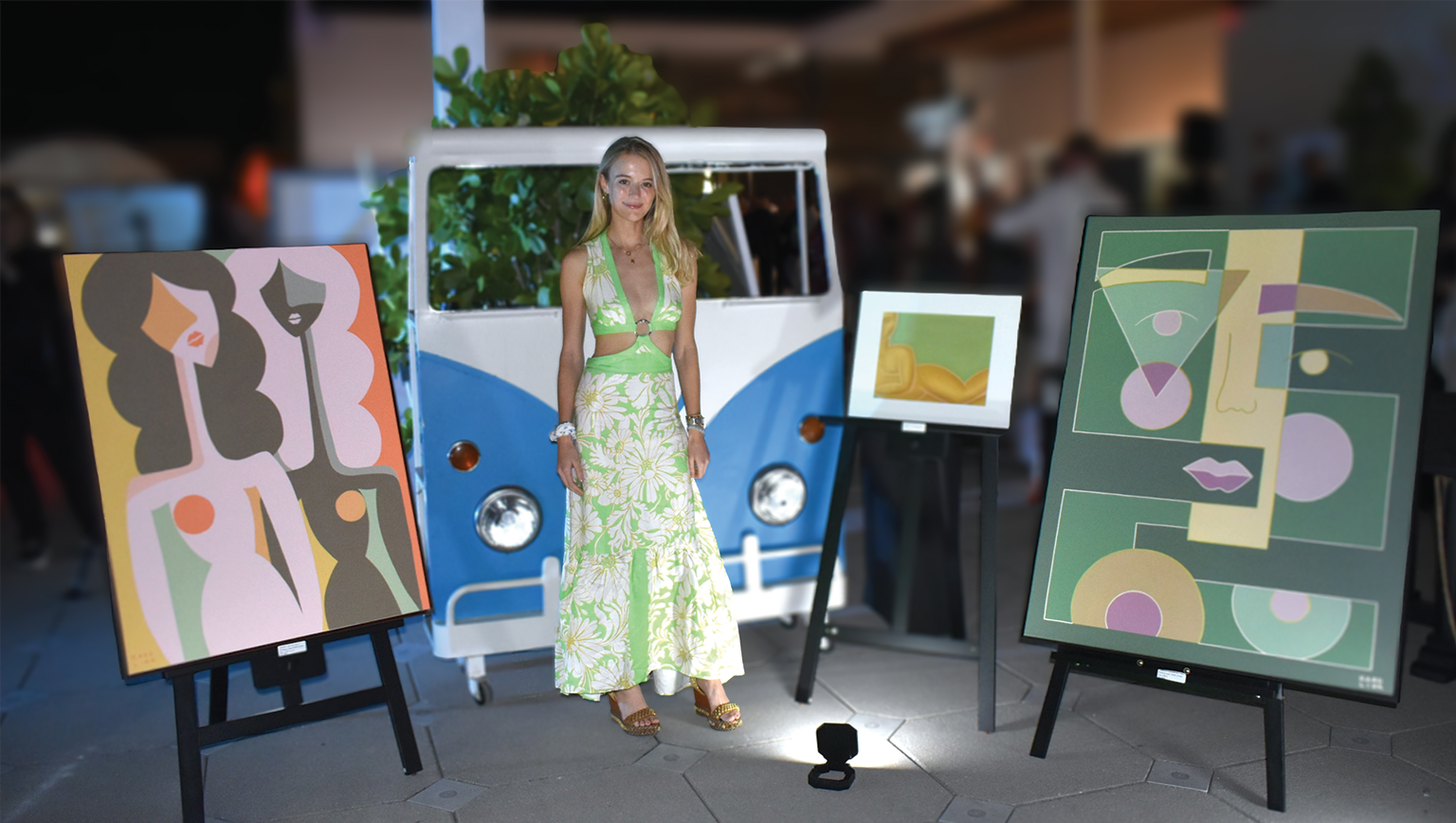
From St. Barth to Art Basel: Inside Karolina Karlsson's Muted Gemini Series and Work Wives
Abigail MacFadden • December 27, 2024 •
4min read

When Eden Gets an AR Upgrade: Oriana Pirela for Creativo
Chiara Padejka • December 24, 2024 •
6min read
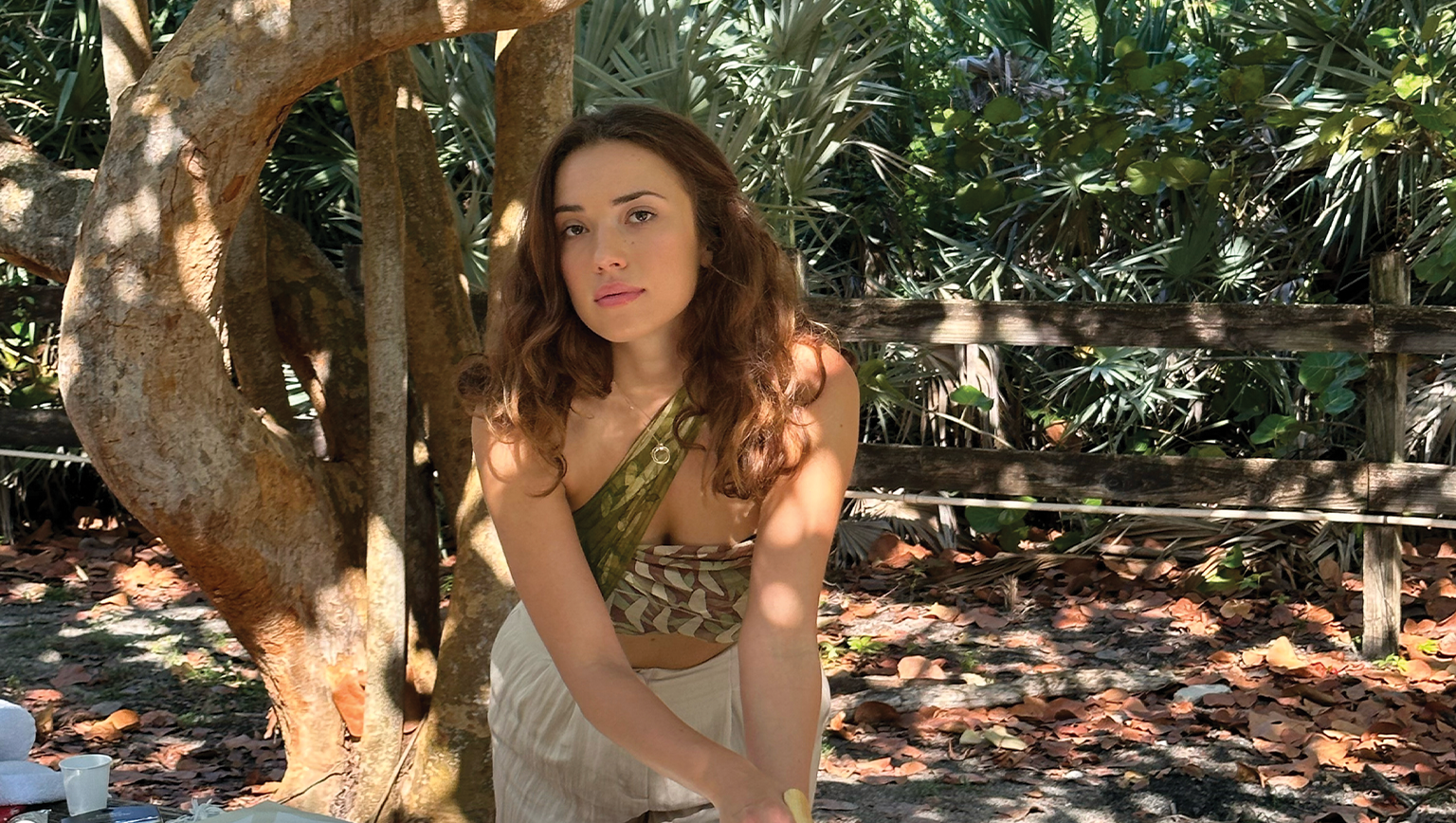
Creativo's Garden of Eden: Anastasia Butacova in Full Bloom
Chiara Padejka • December 20, 2024 •
5min read

Adam and Eve: The Origin Story of Creativo
Sasha Bernier • December 4, 2024 •
5min read

Fruit Ninja IRL: Luis Gonzalez Carves Out a Fruitful Endeavor
Chiara Padejka • November 26, 2024 •
5min read

Forbidden Fruit Couture: Dressing the Garden of Eden at Art Basel
Abigail MacFadden • November 21, 2024 •
3min read

Bloom: An Expression of Womanly Resilience
Tessa Almond • November 13, 2024 •
5min read

The Art of Giving Shines at Gabrielle’s Angel Foundation’s 26th Angel Ball
Mariele Marki • November 1, 2024 •
4min read
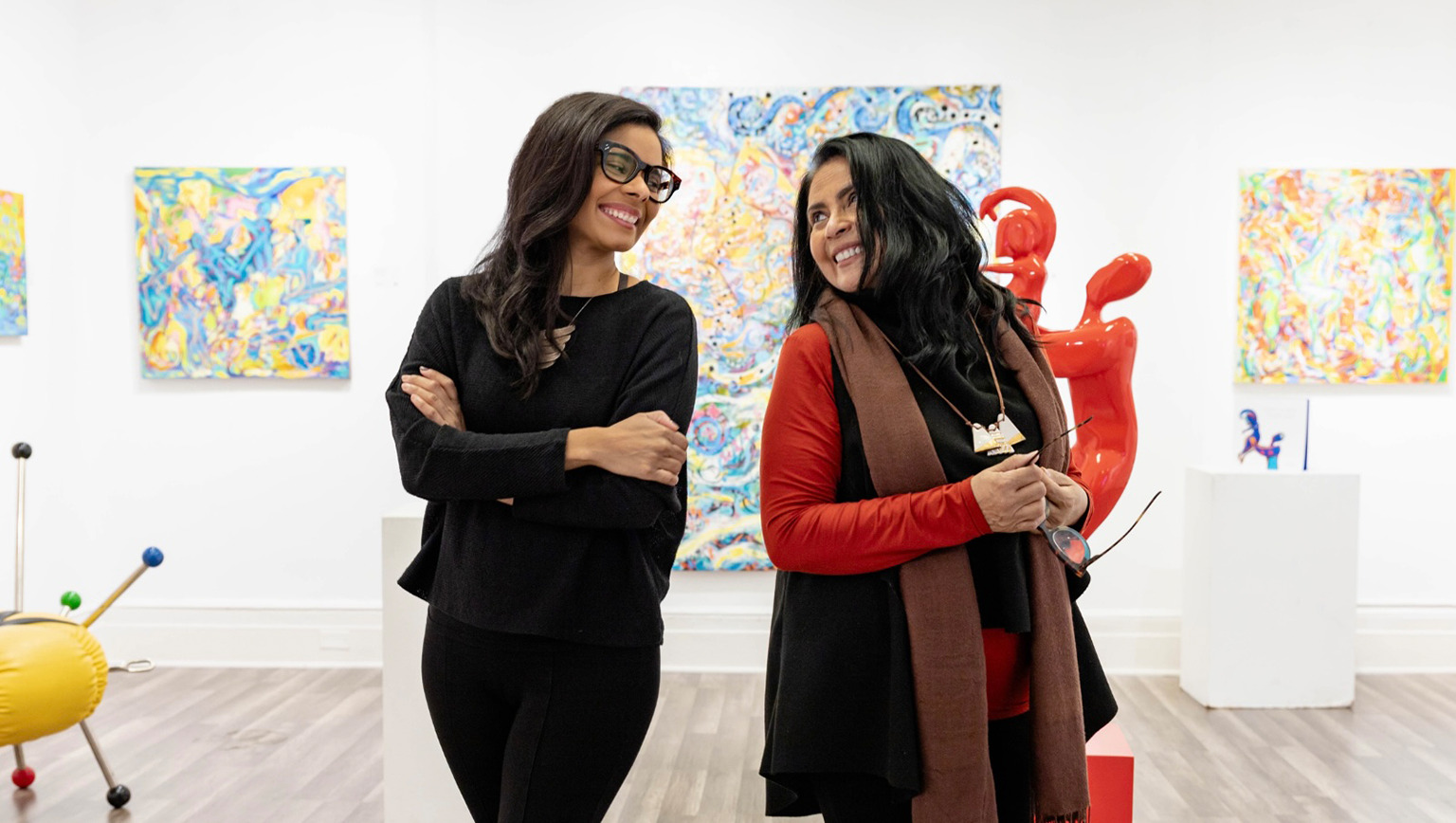
Innovation Through Collaboration: The Saphira Ventura Gallery Story
Abigail MacFadden • October 31, 2024 •
4min read
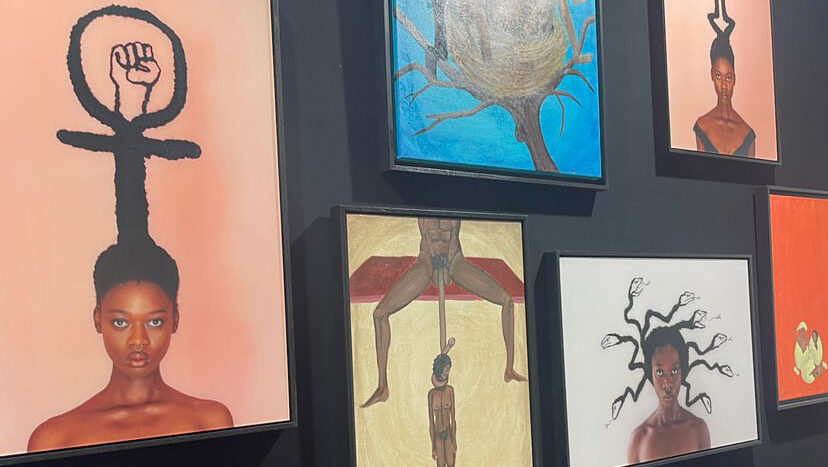
Africa's Art Market: Emancipation, Innovation, and Global Impact
Lara Sleiman • October 26, 2024 •
4min read
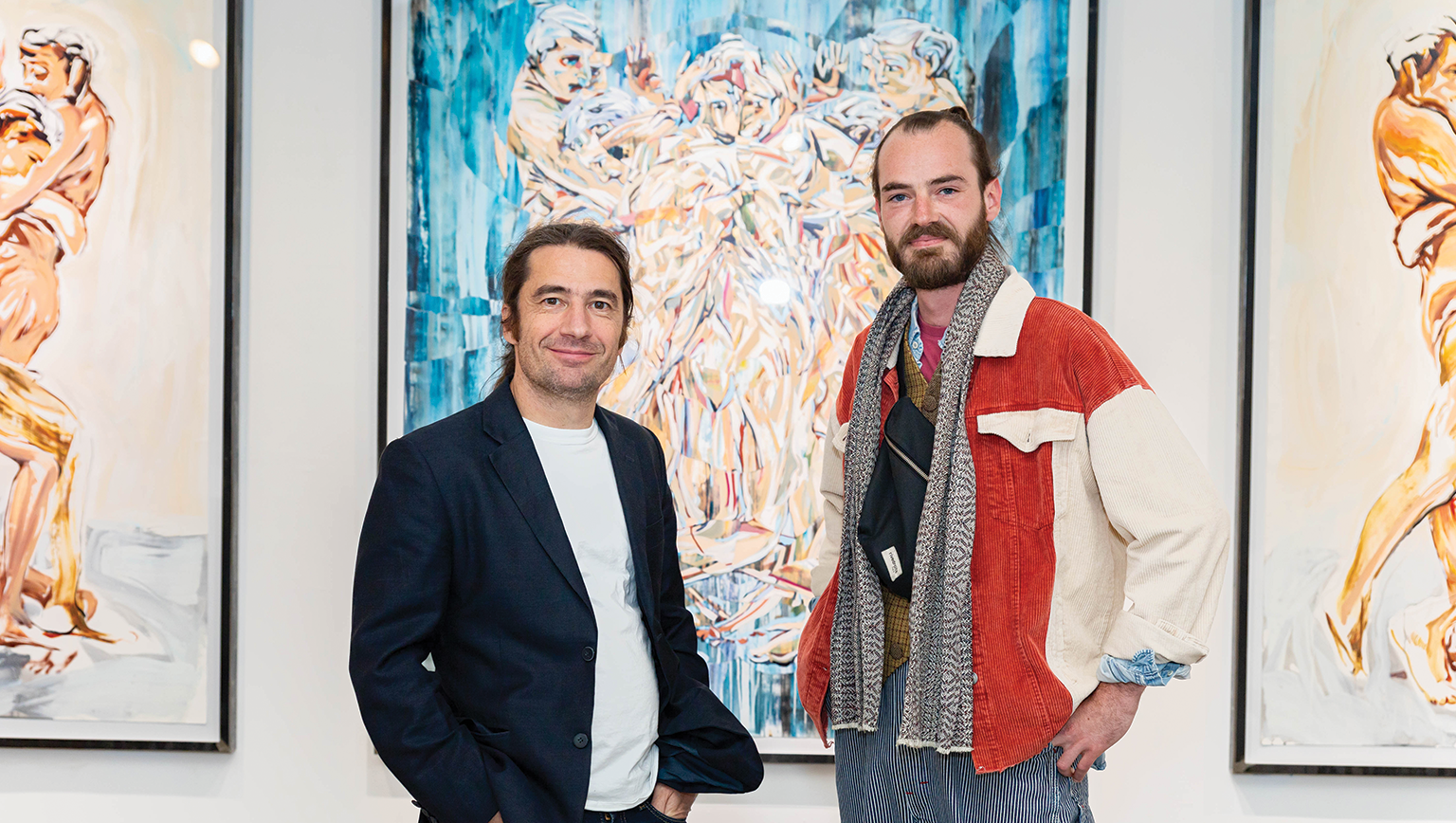
Woven Paintings and Human Migration: Clement Denis Exhibition at Chelsea's Nicolas Auvray Gallery
Abigail MacFadden • October 24, 2024 •
4min read
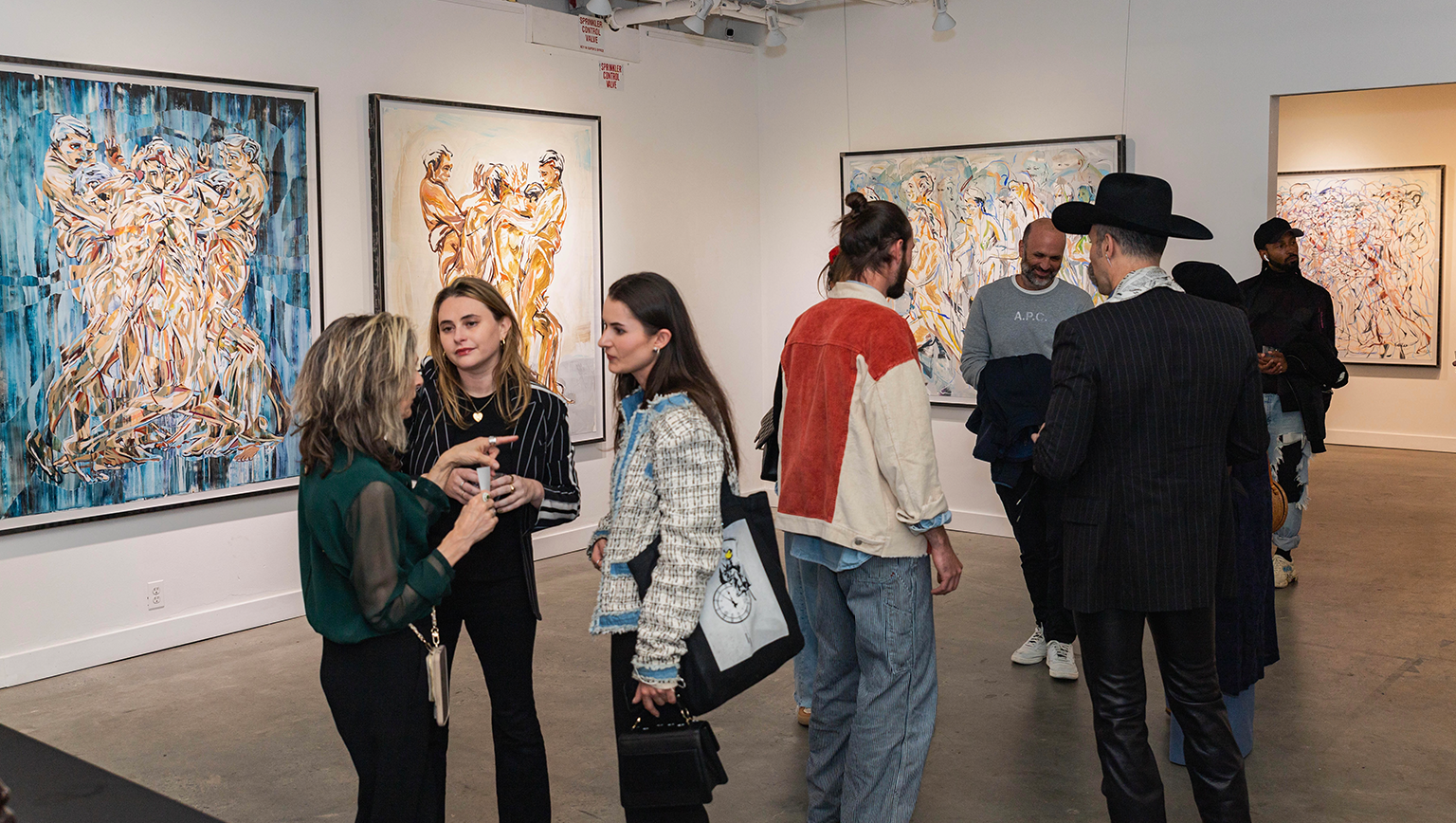
Textile, Texture, and Transformation: Innovative Voices in Contemporary Art
Abigail MacFadden • October 22, 2024 •
5min read

Art Basel Paris Guide: Can’t Miss Booths and a new James Turrell!
Abigail MacFadden • October 17, 2024 •
5min read

